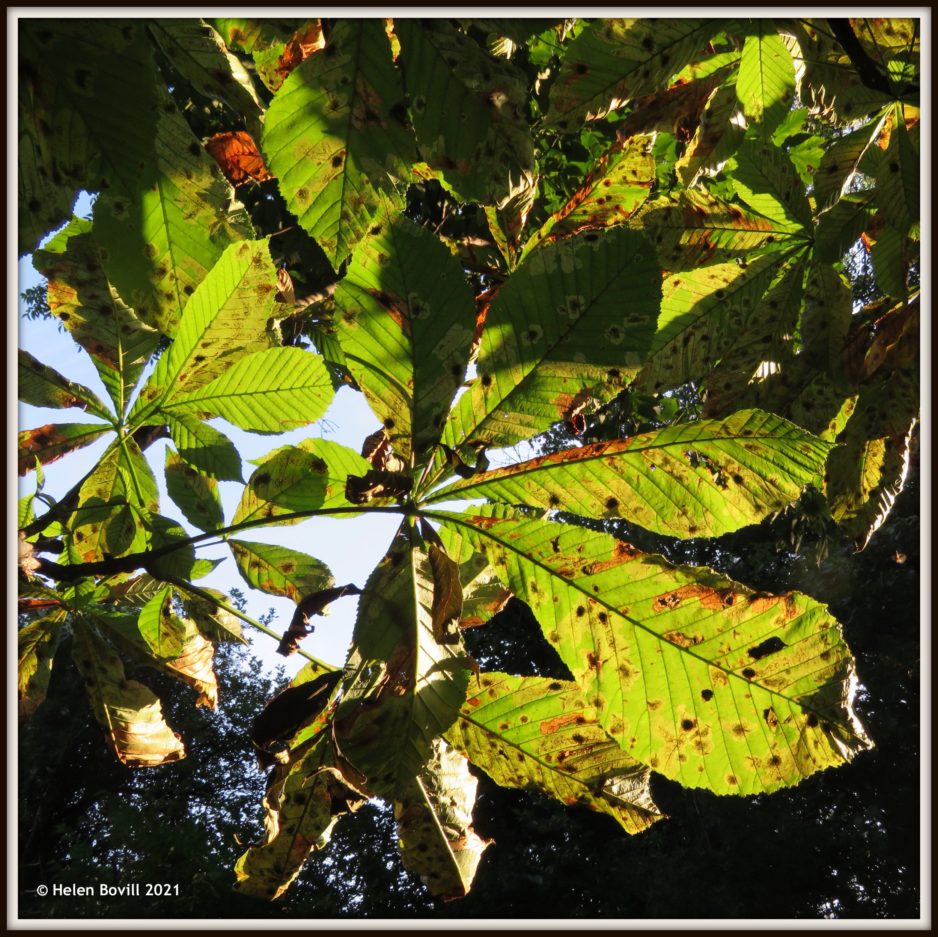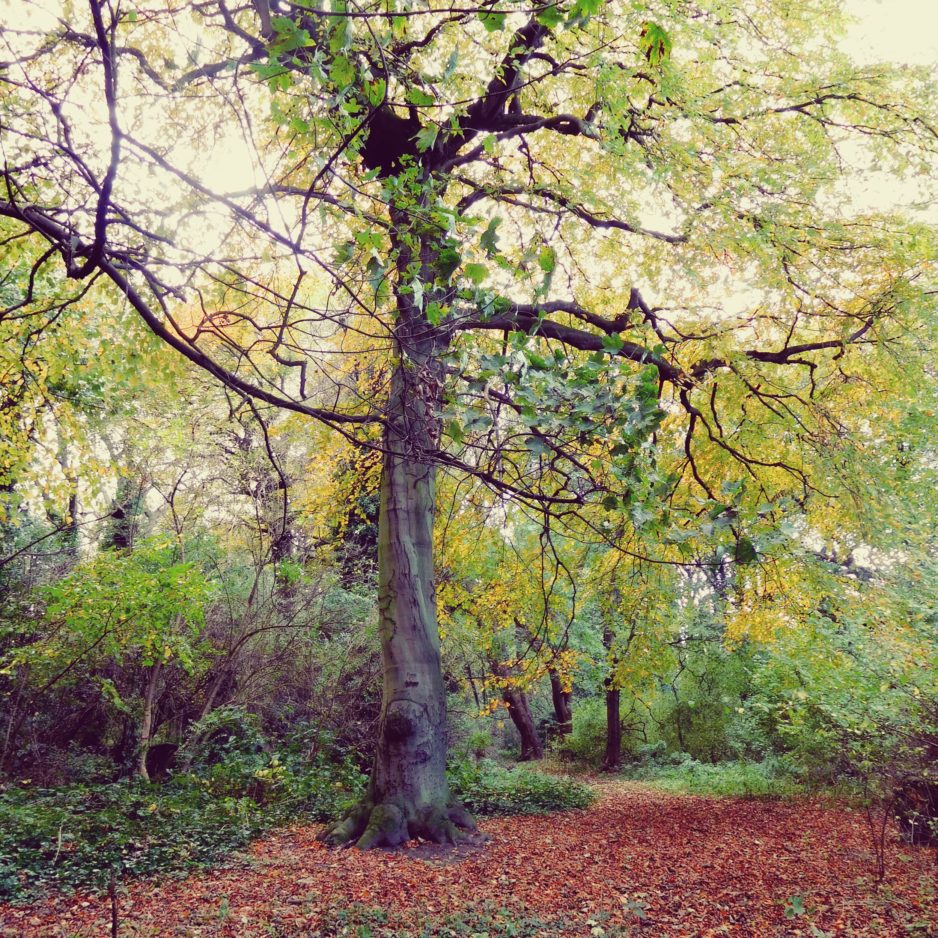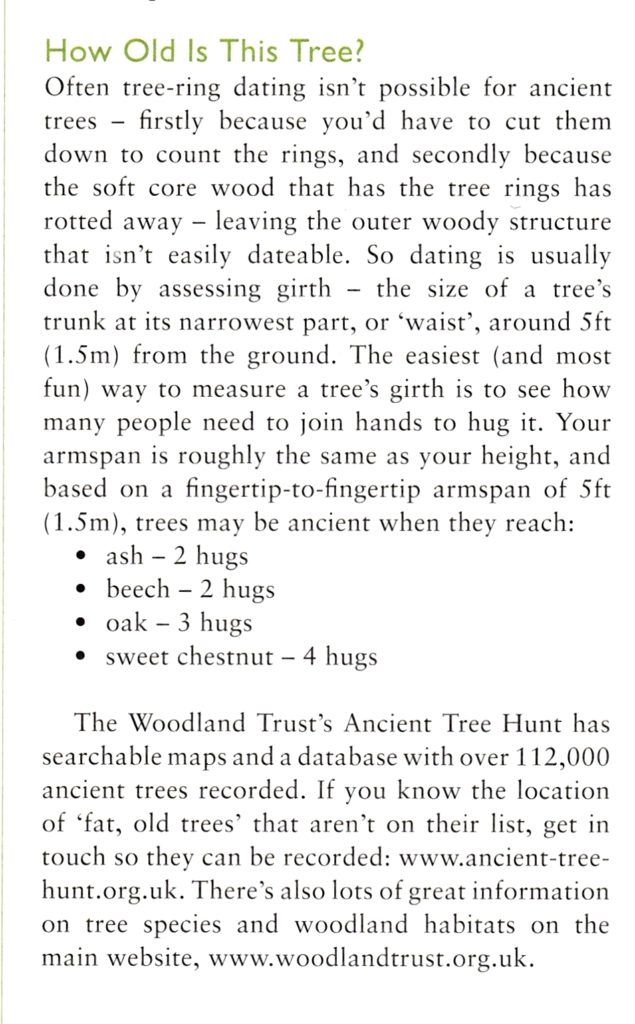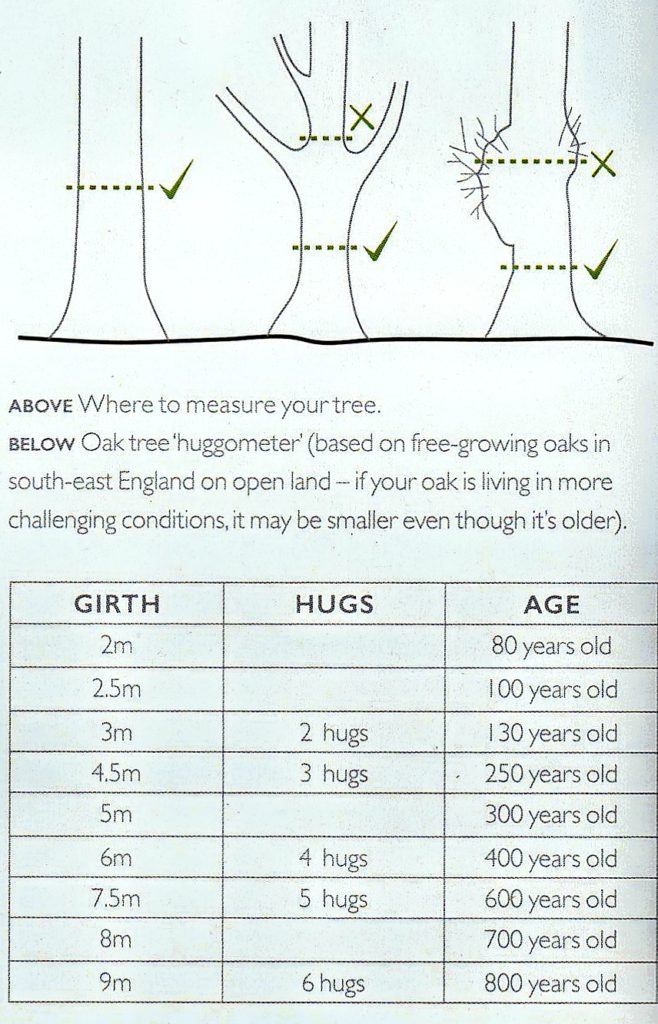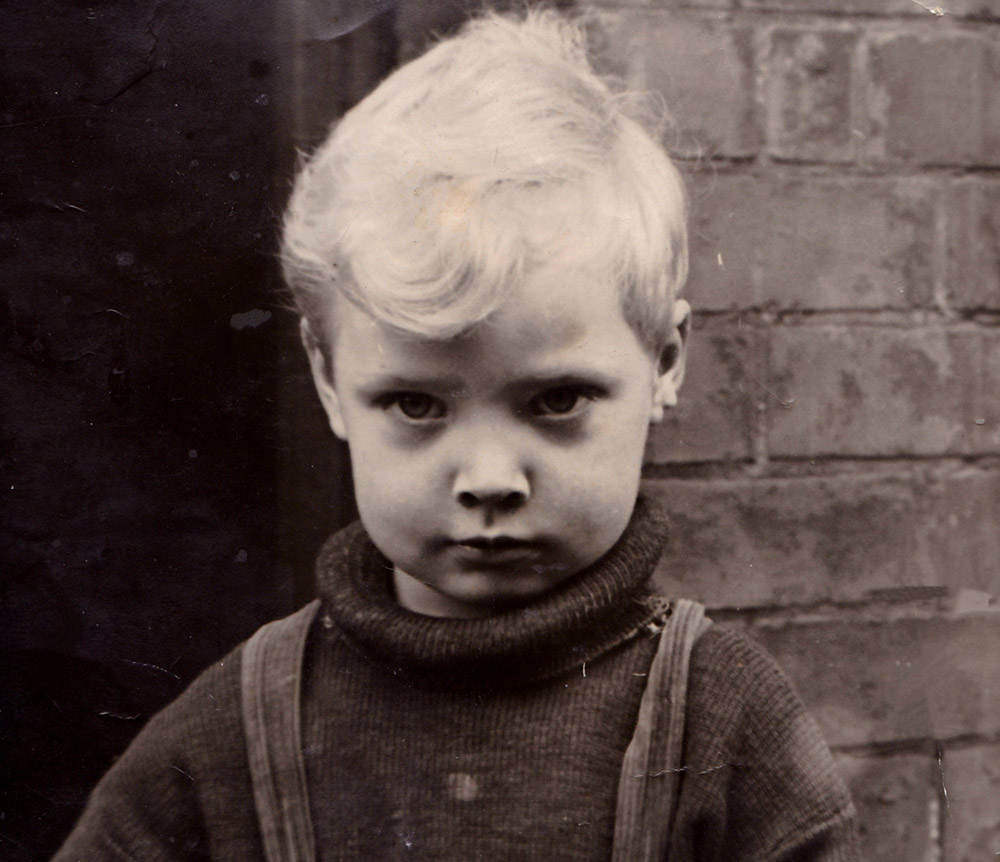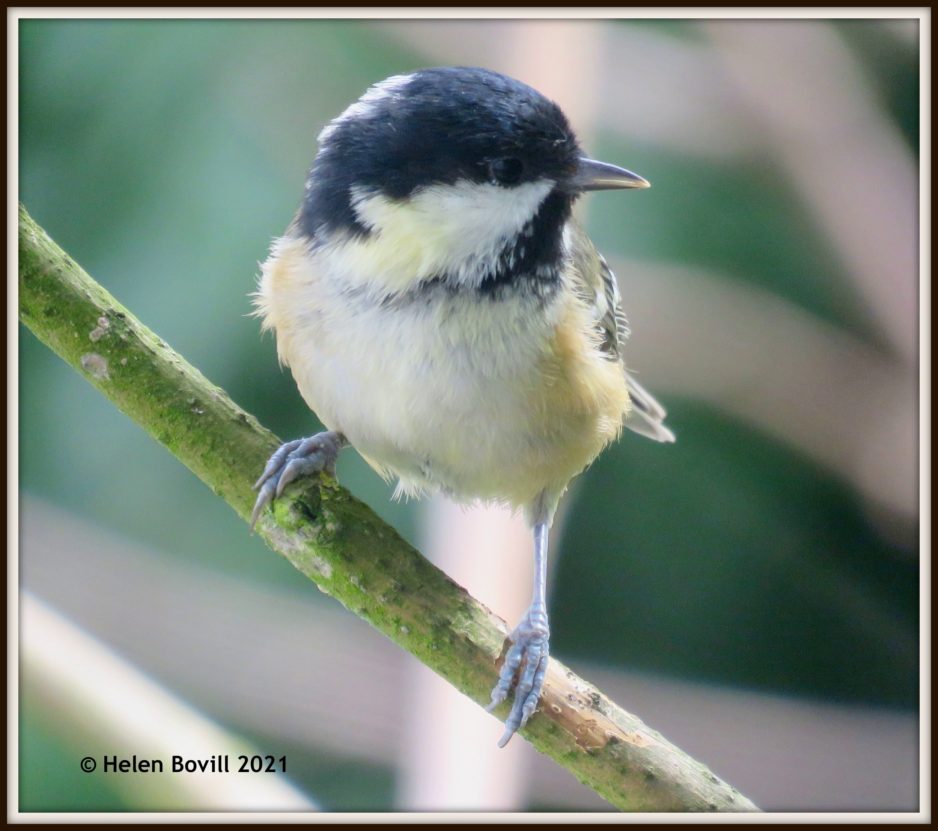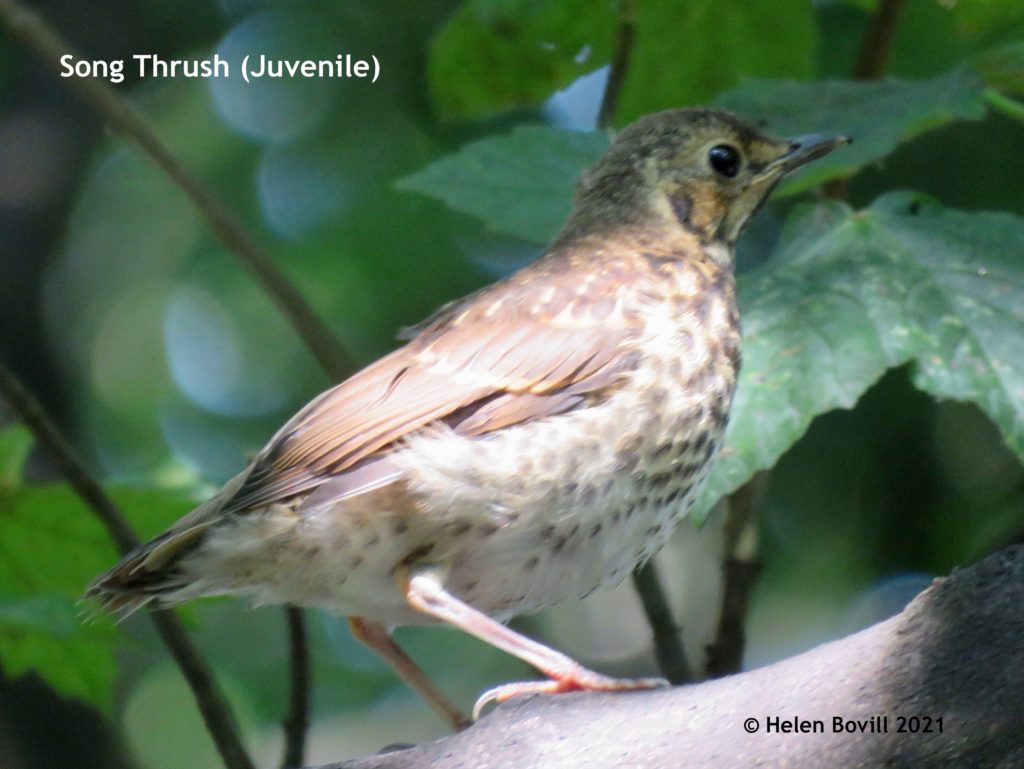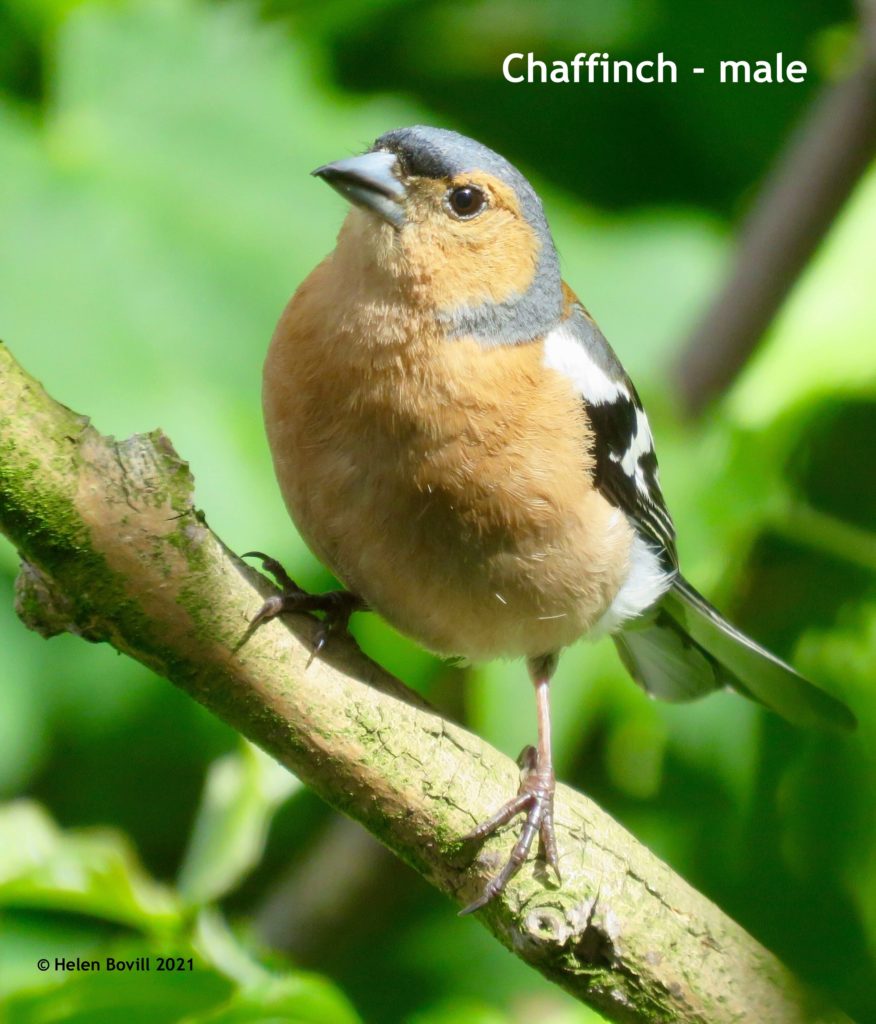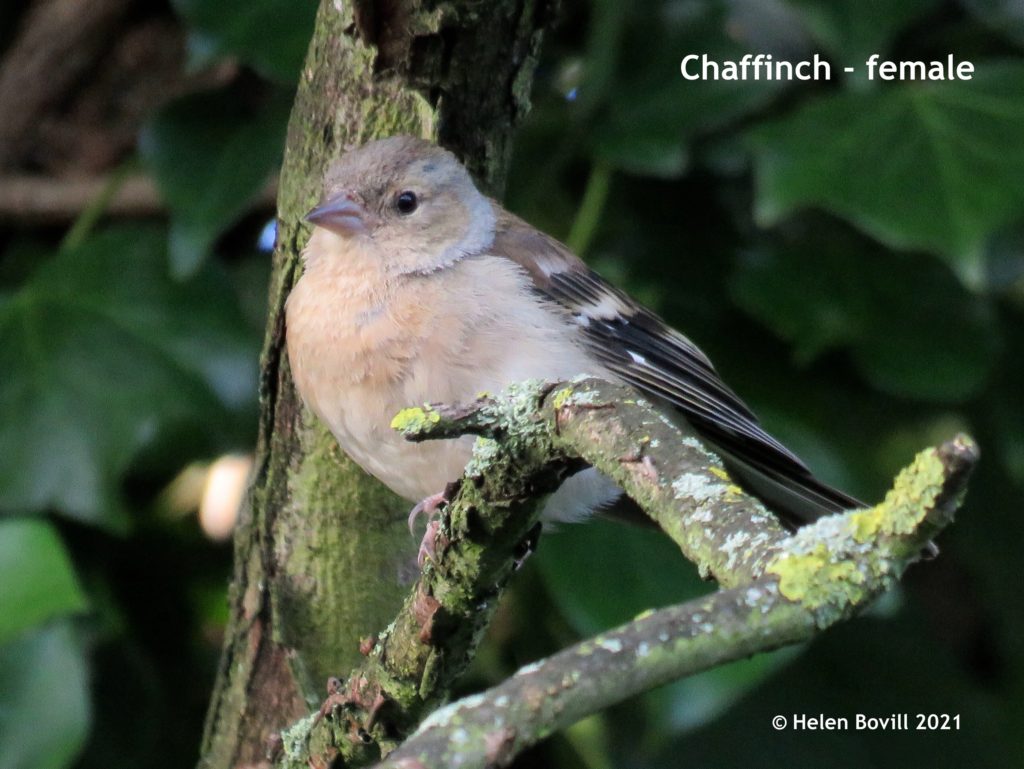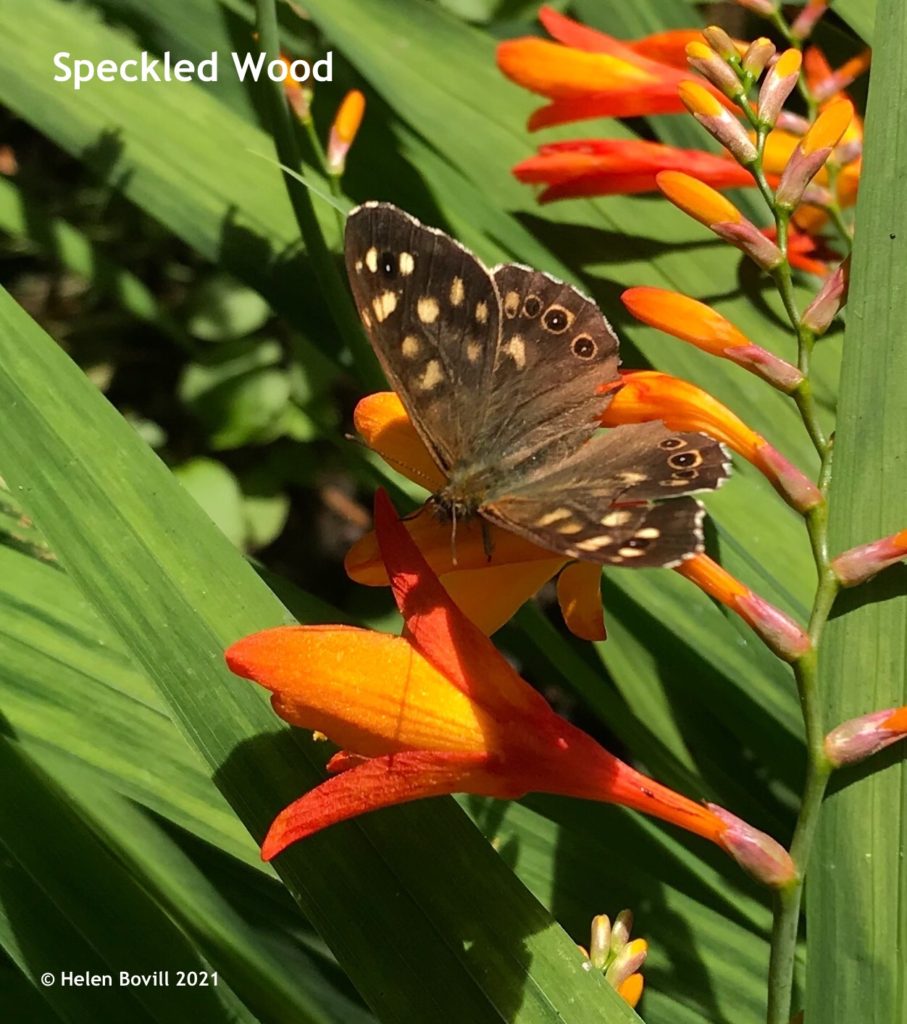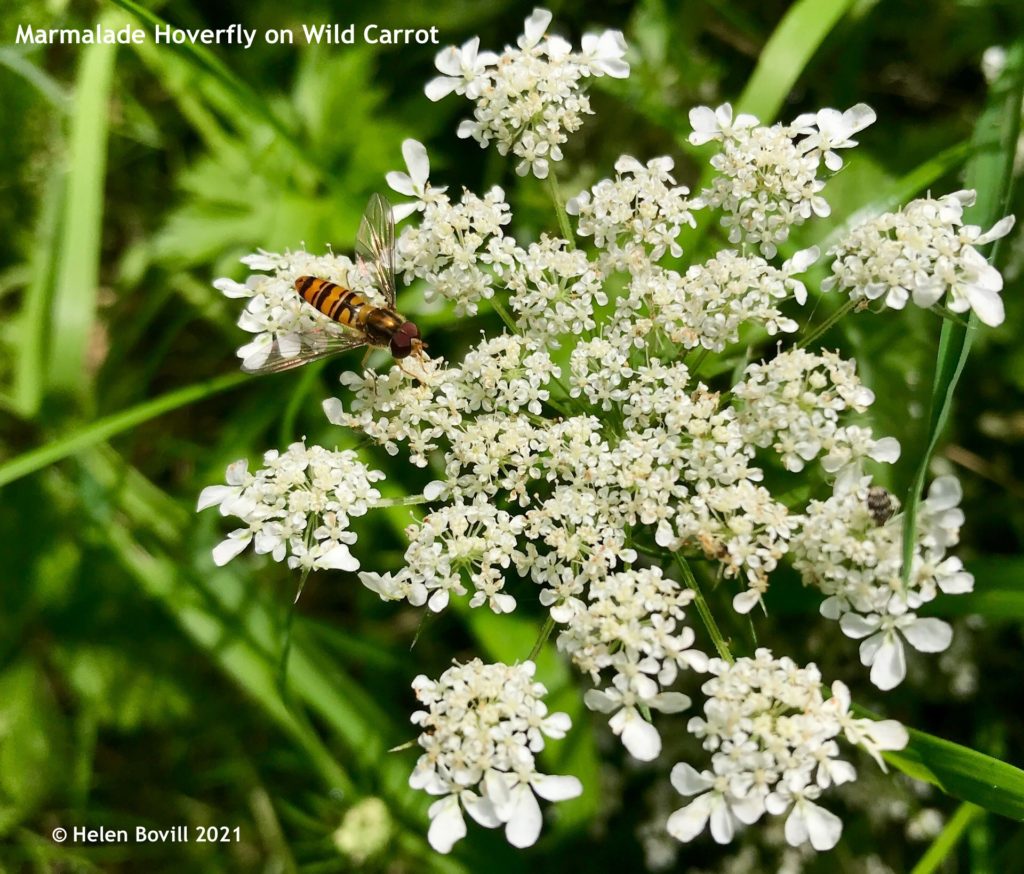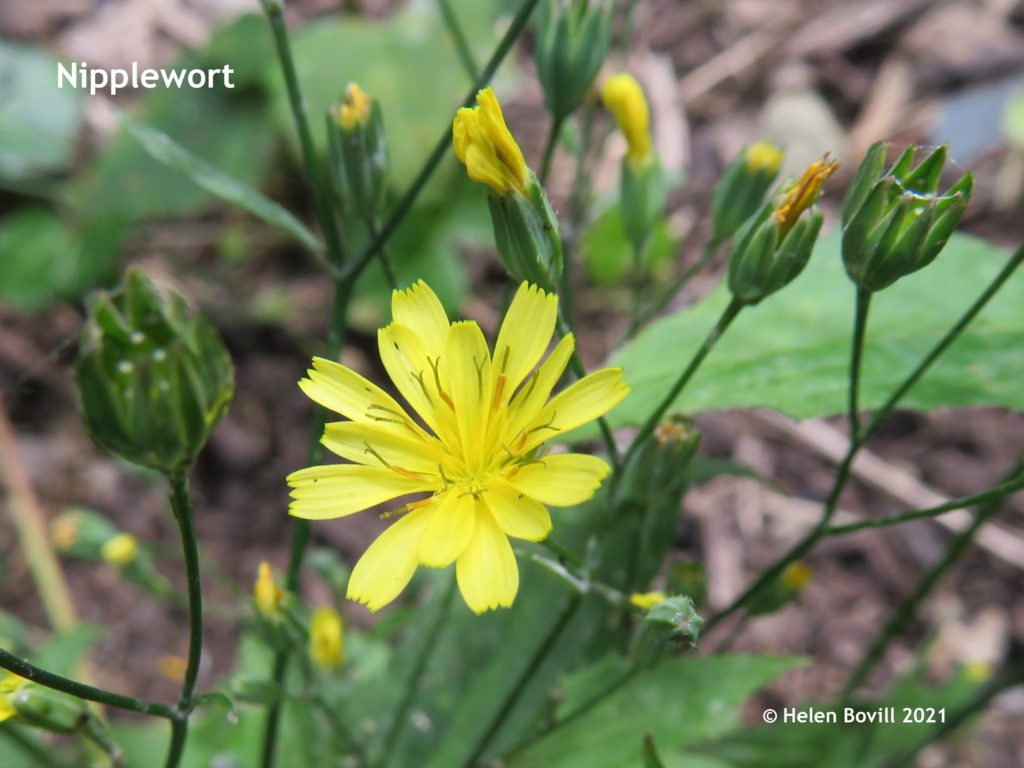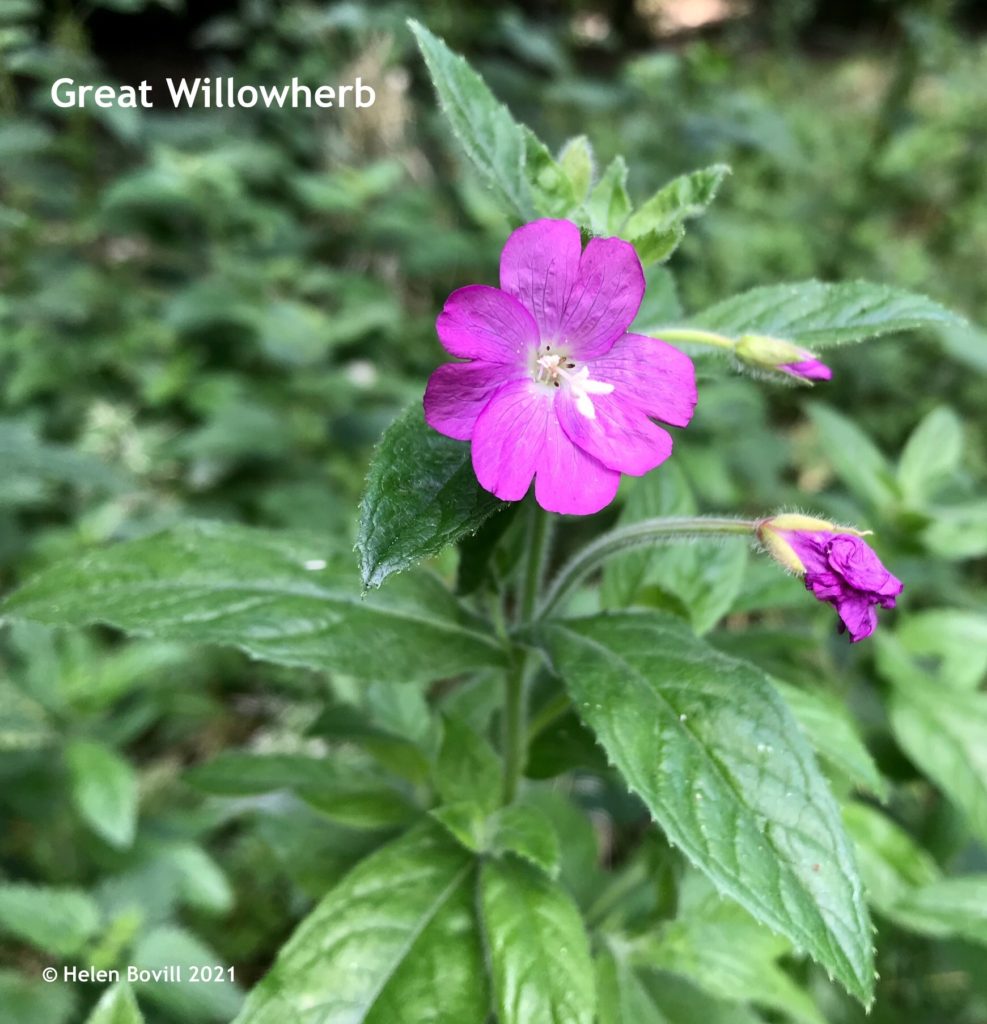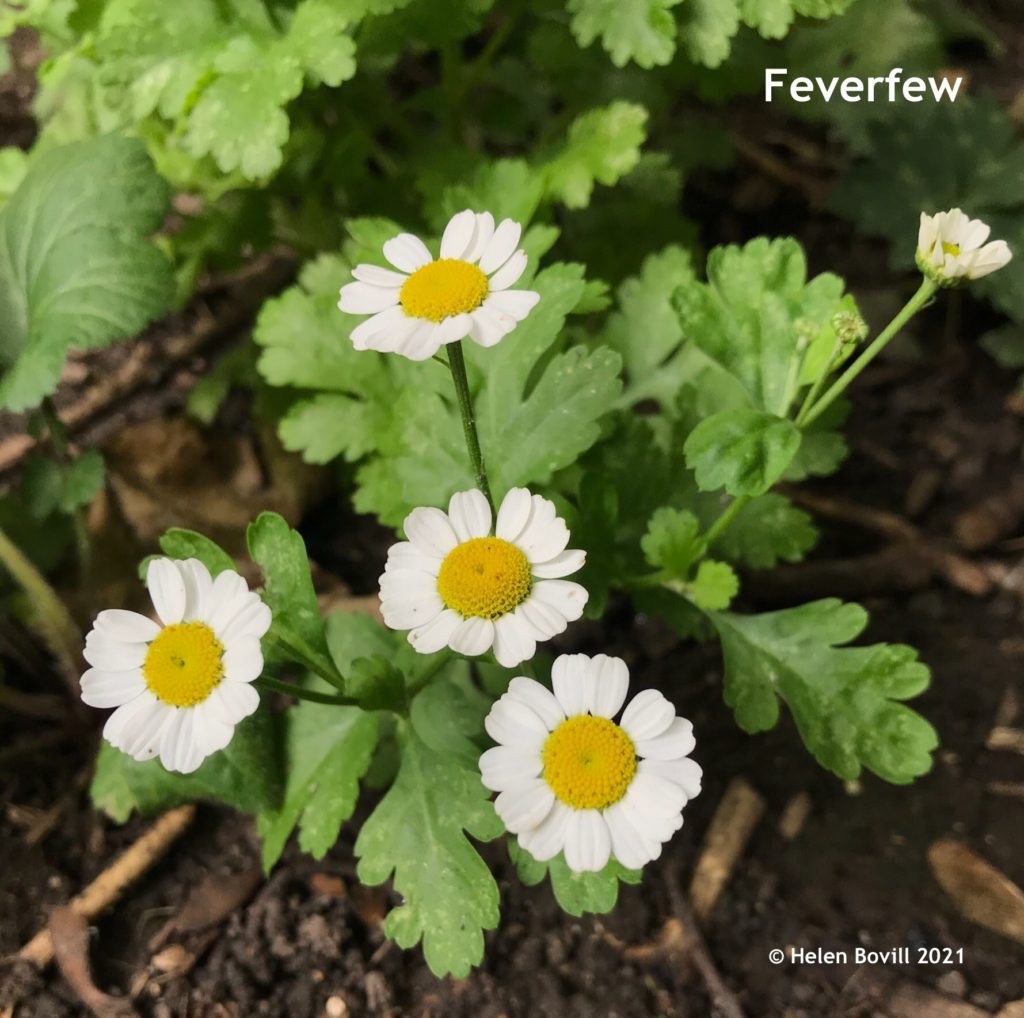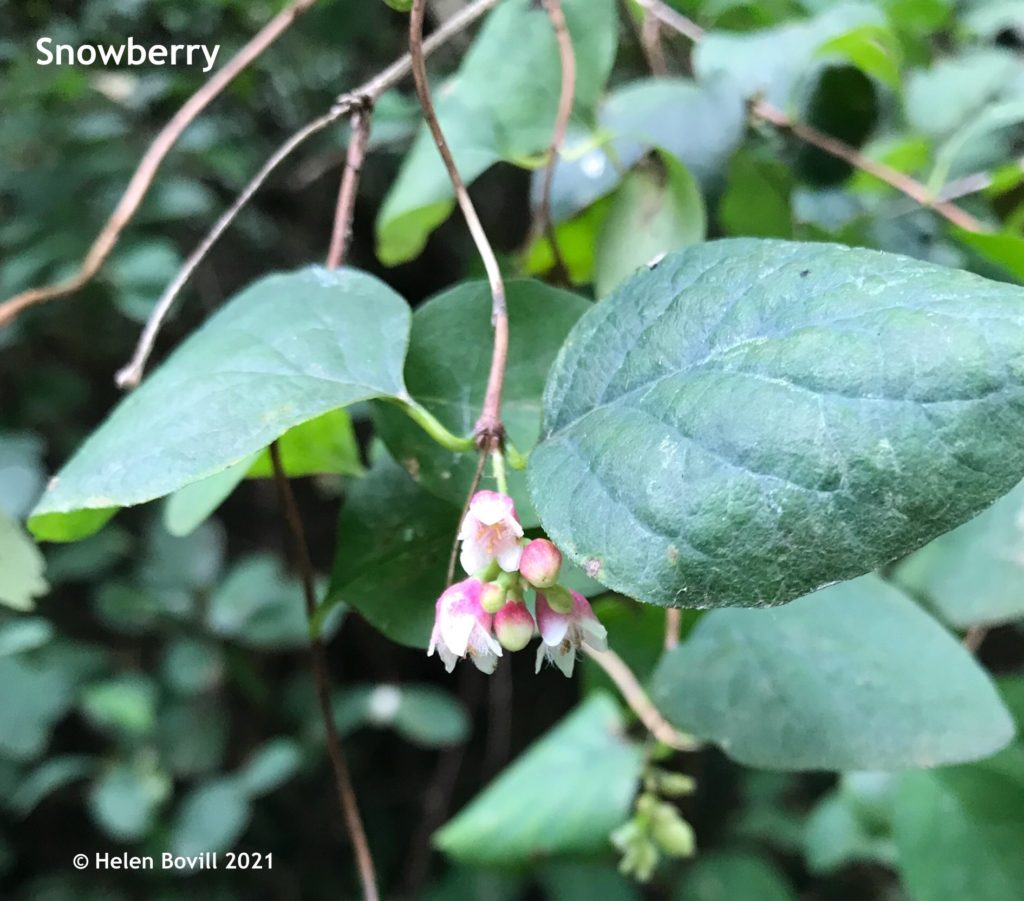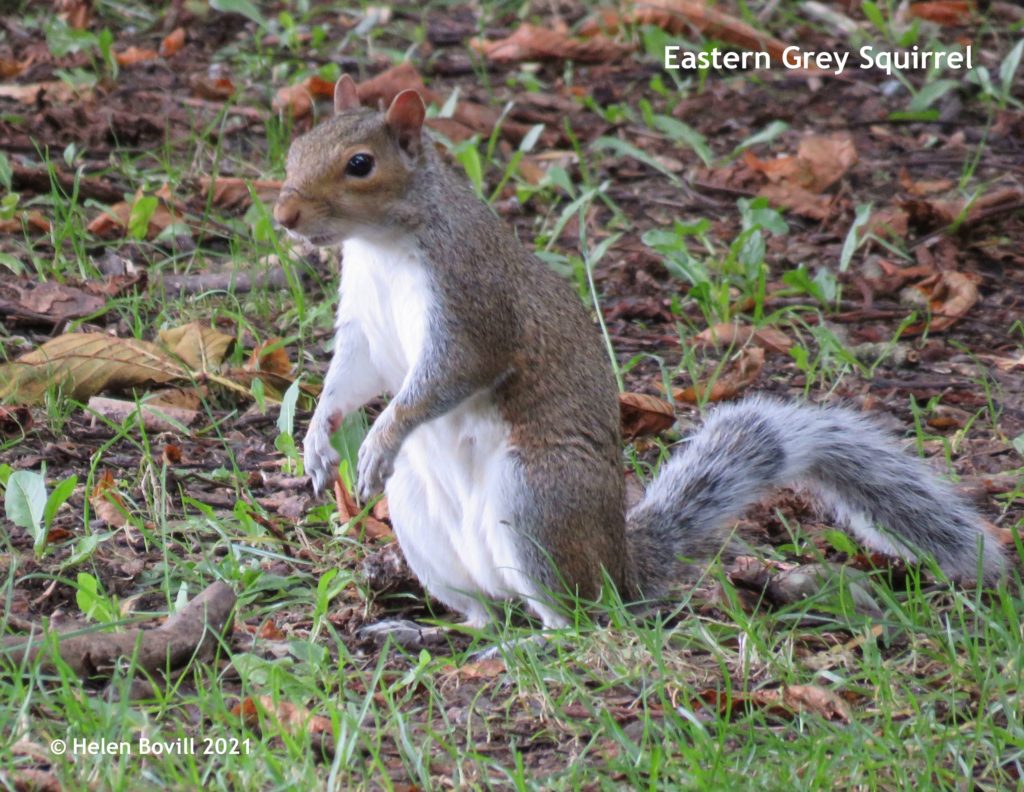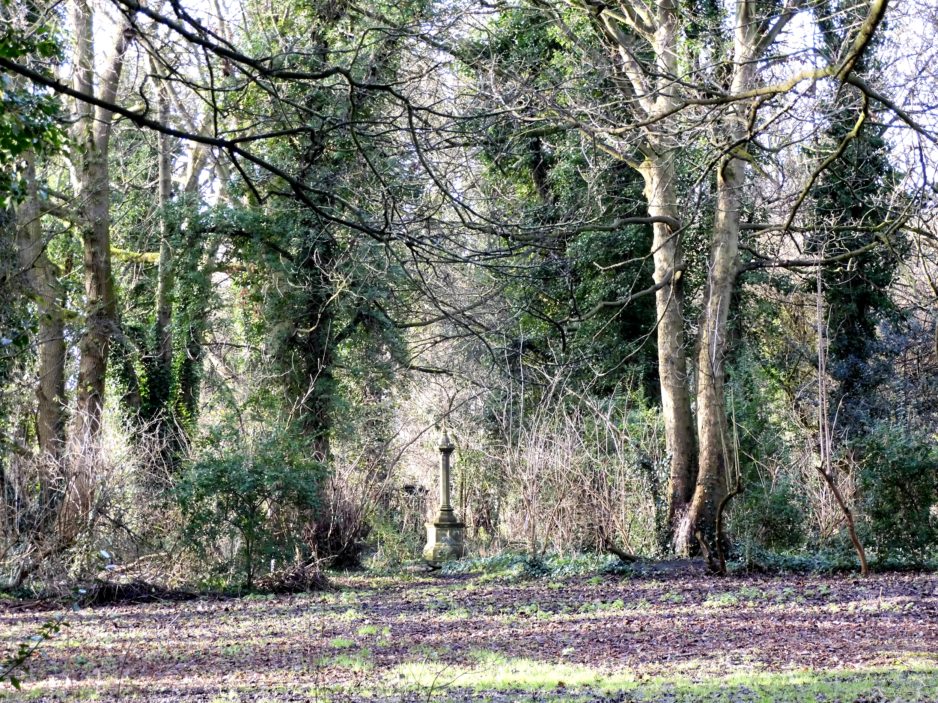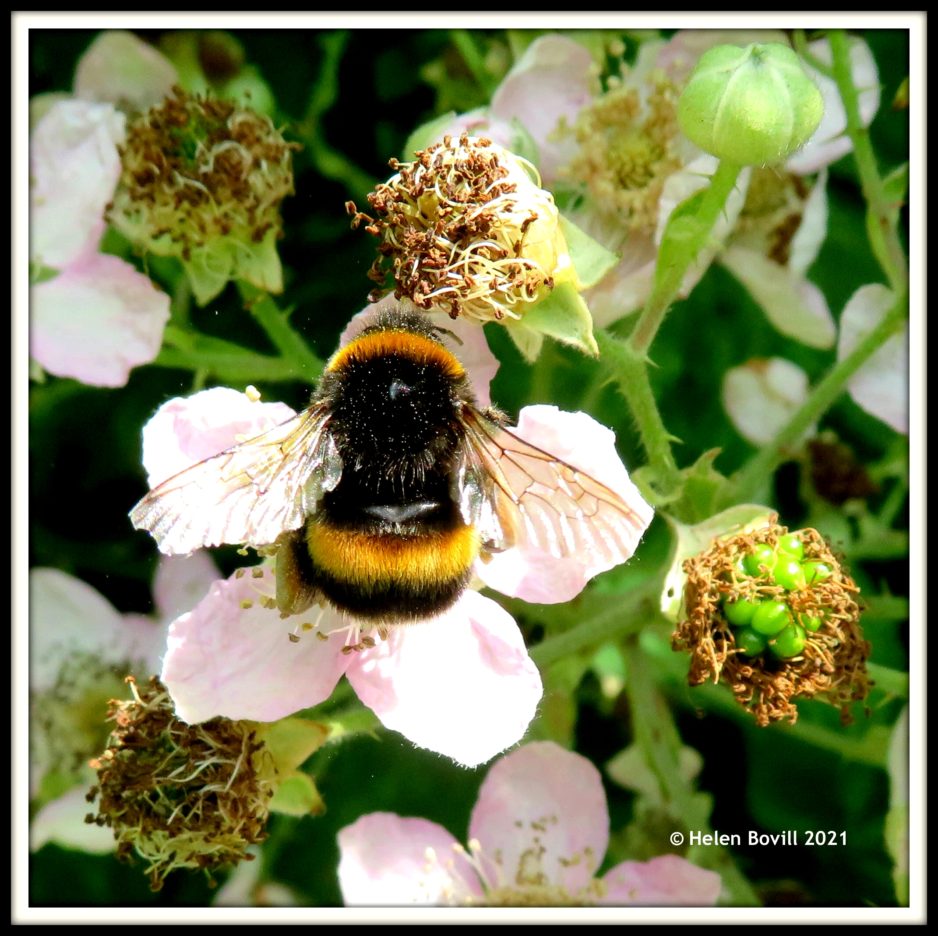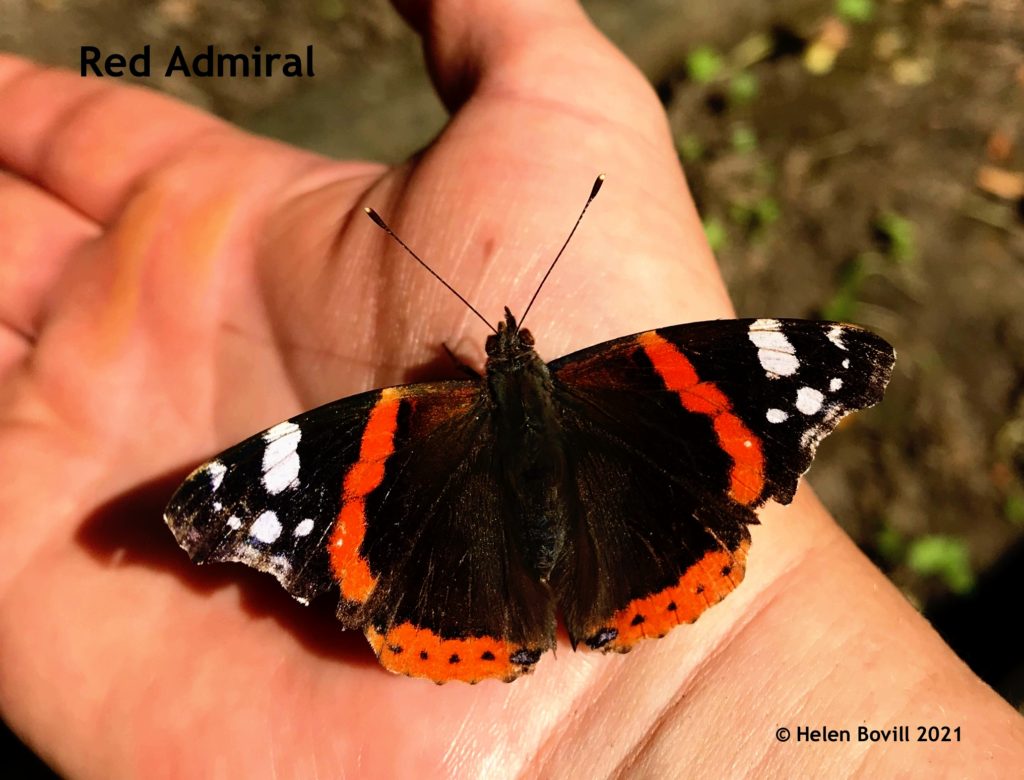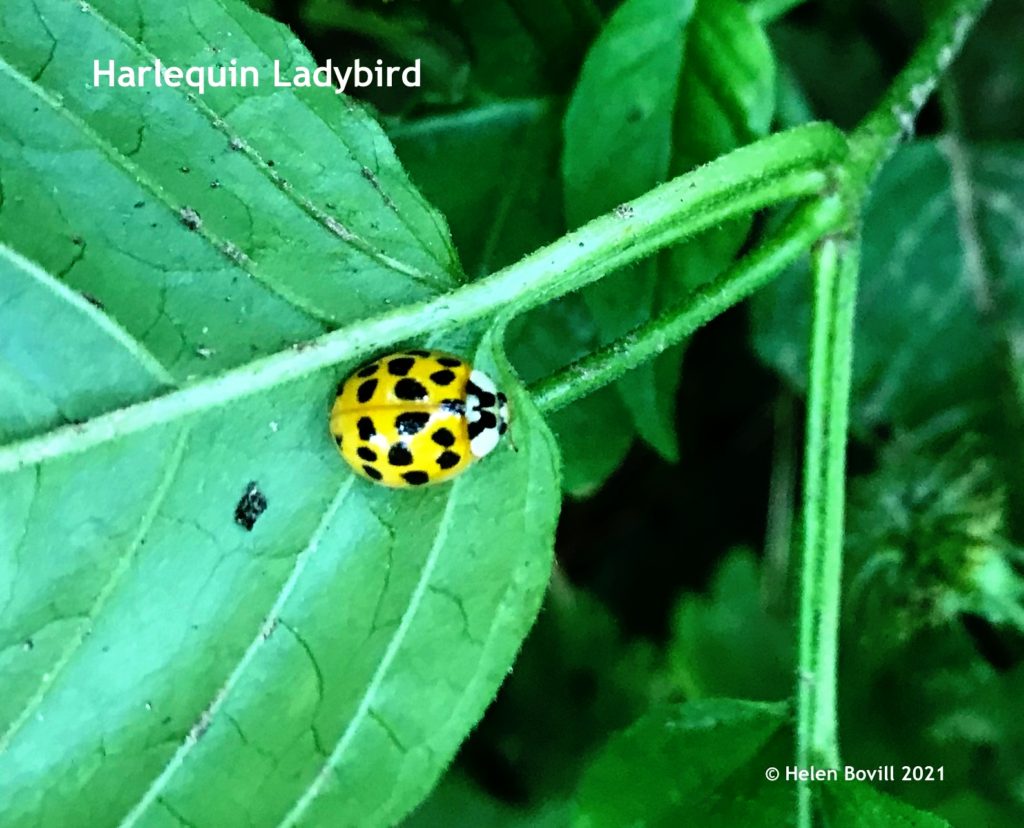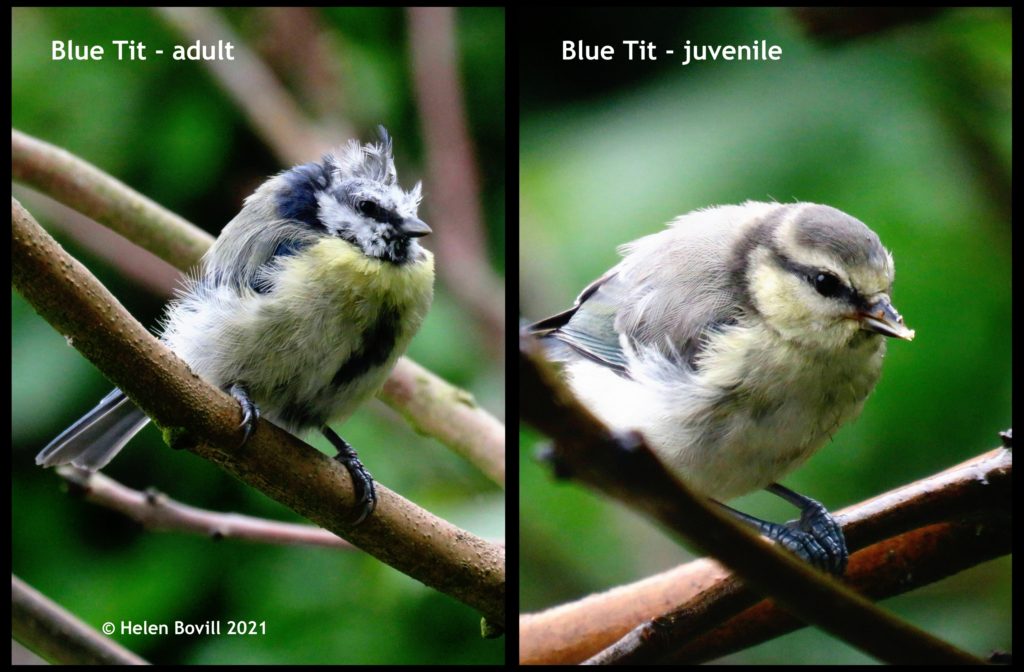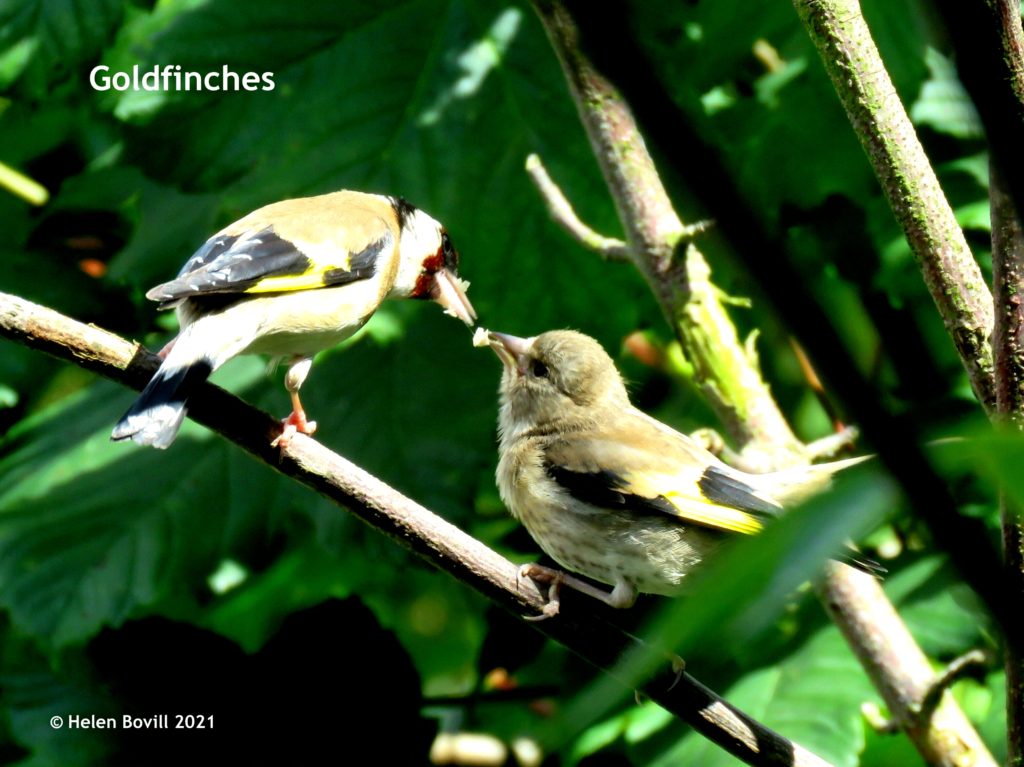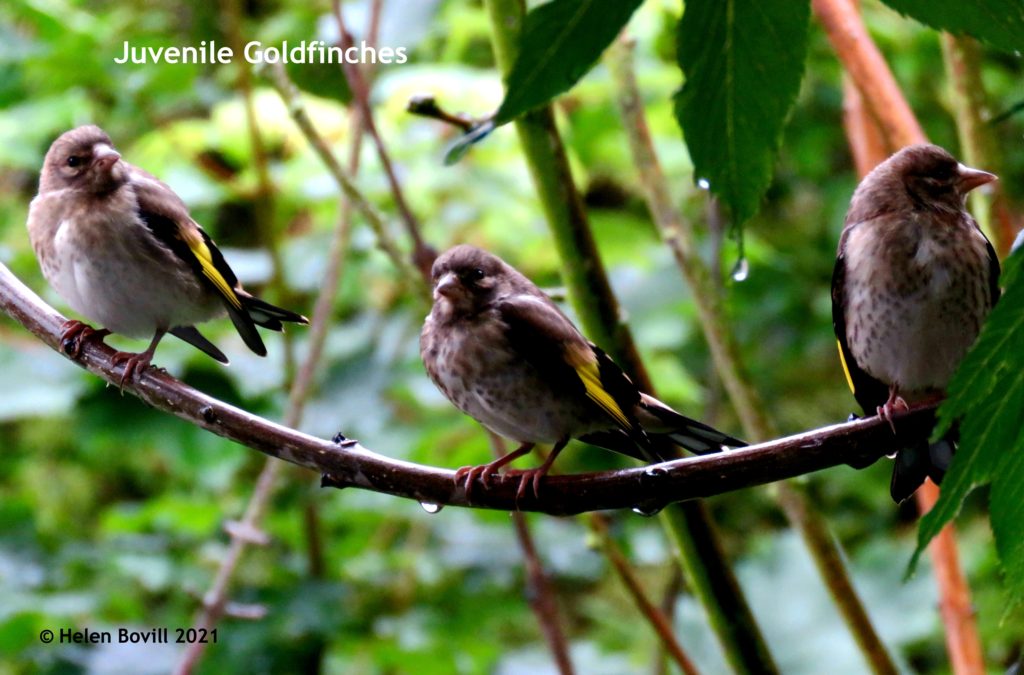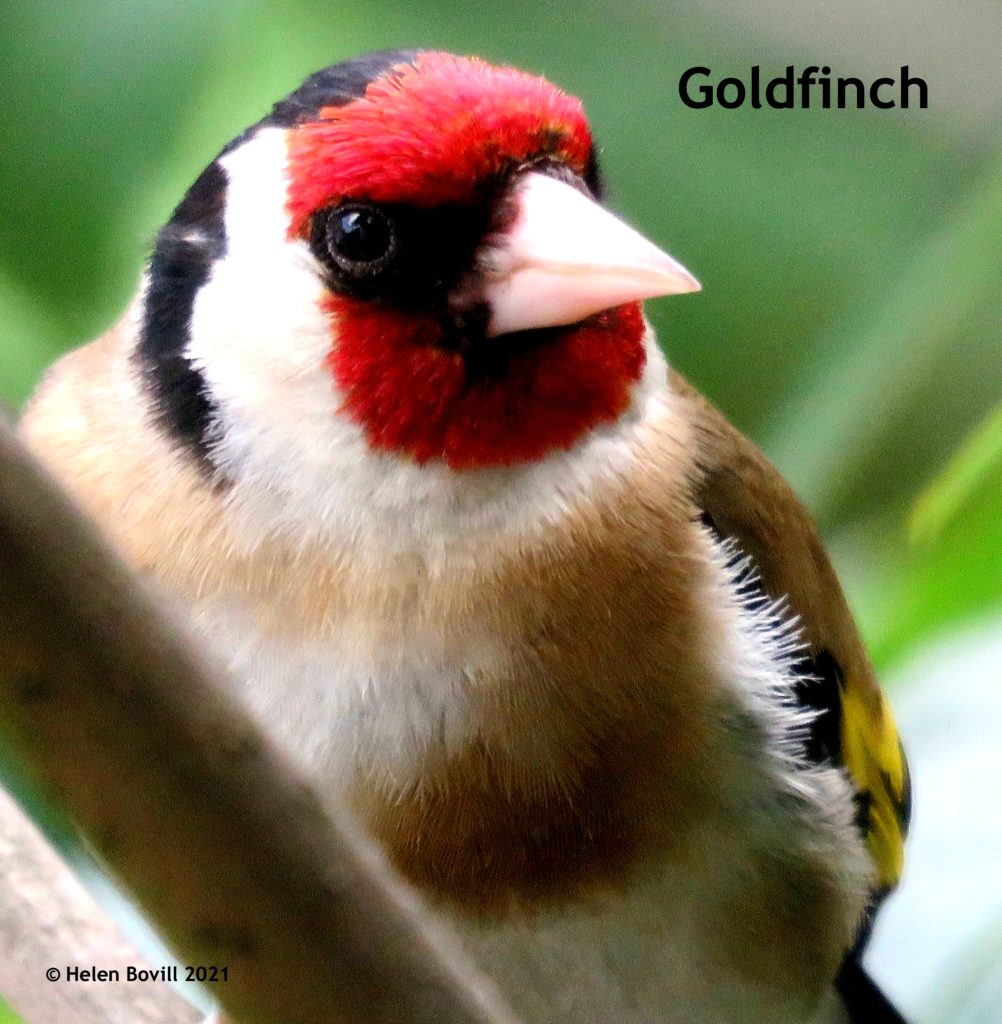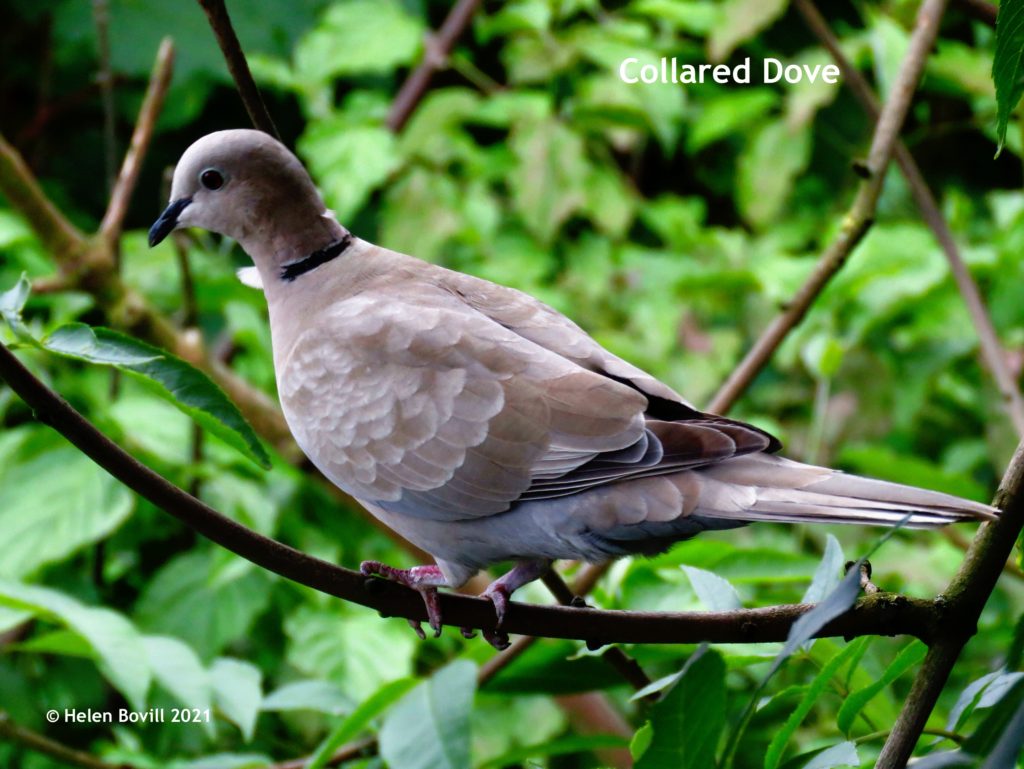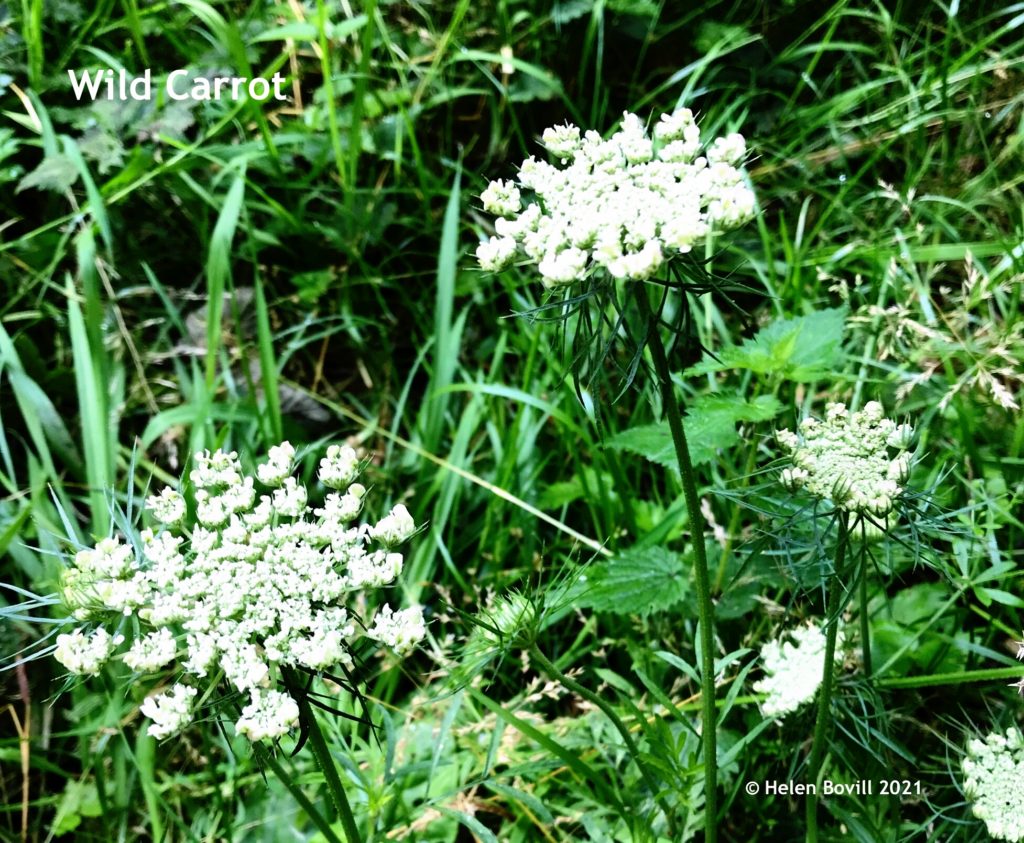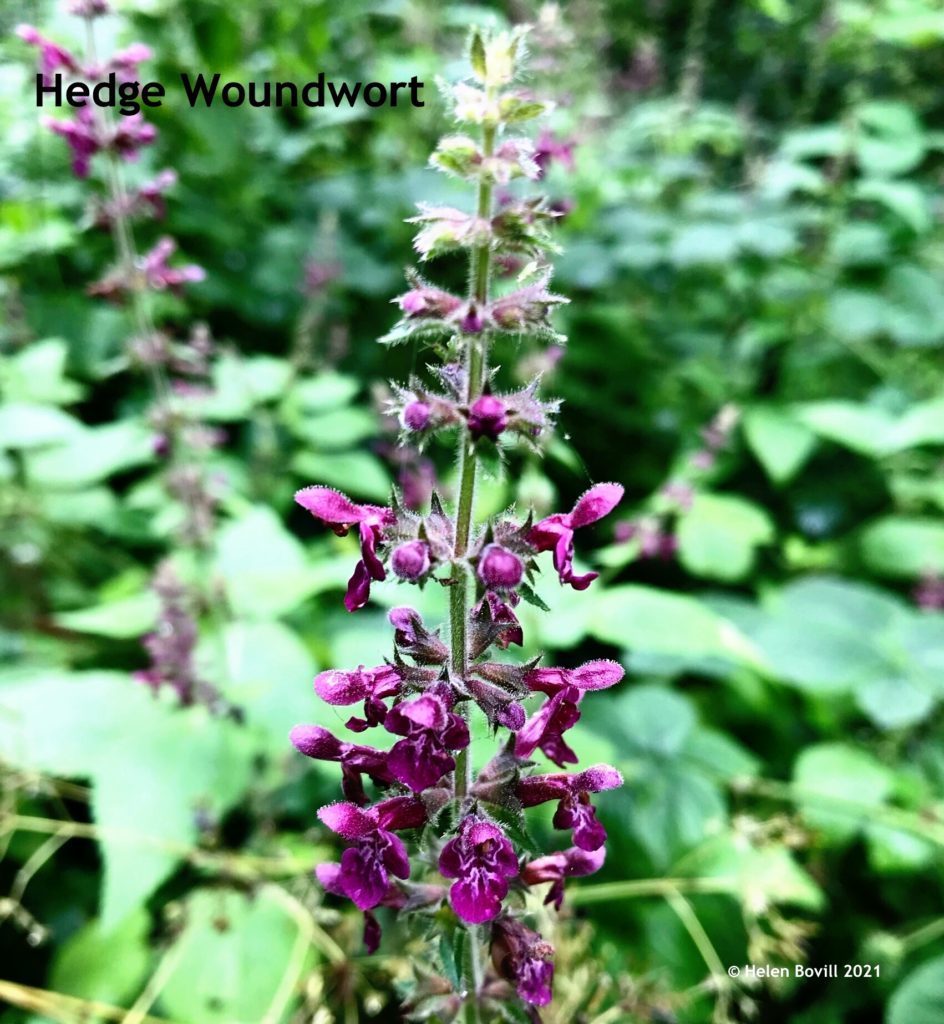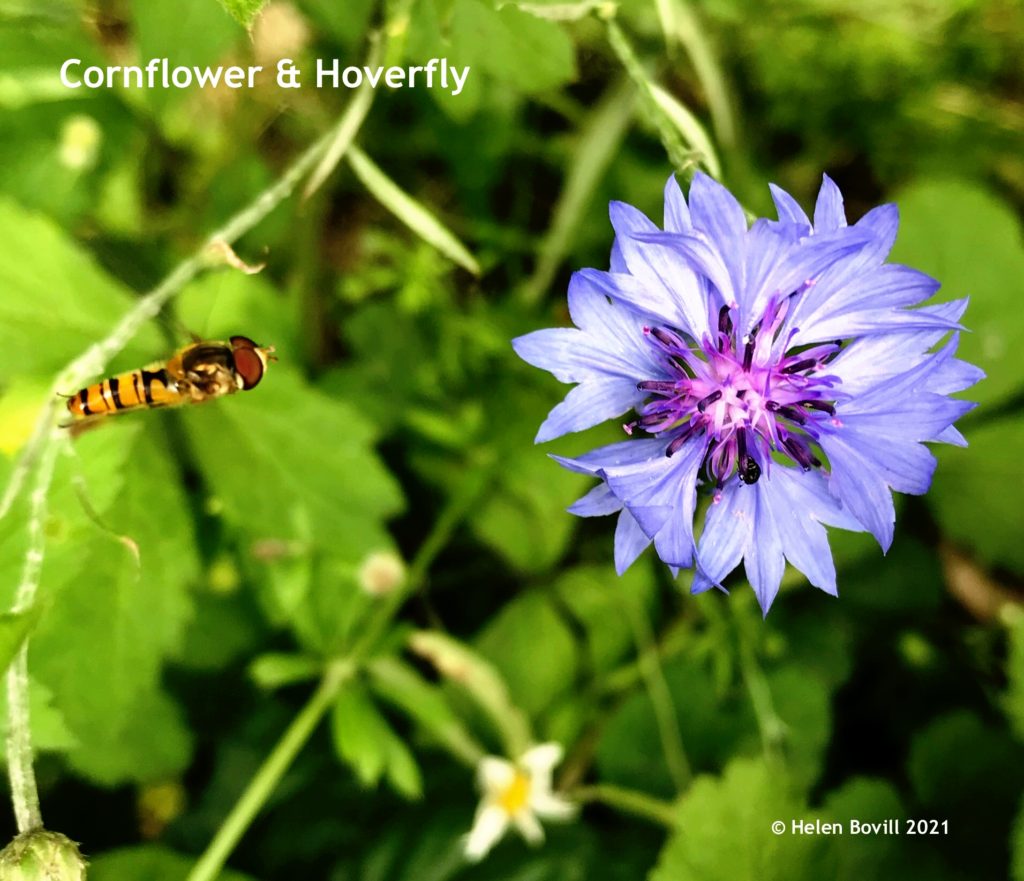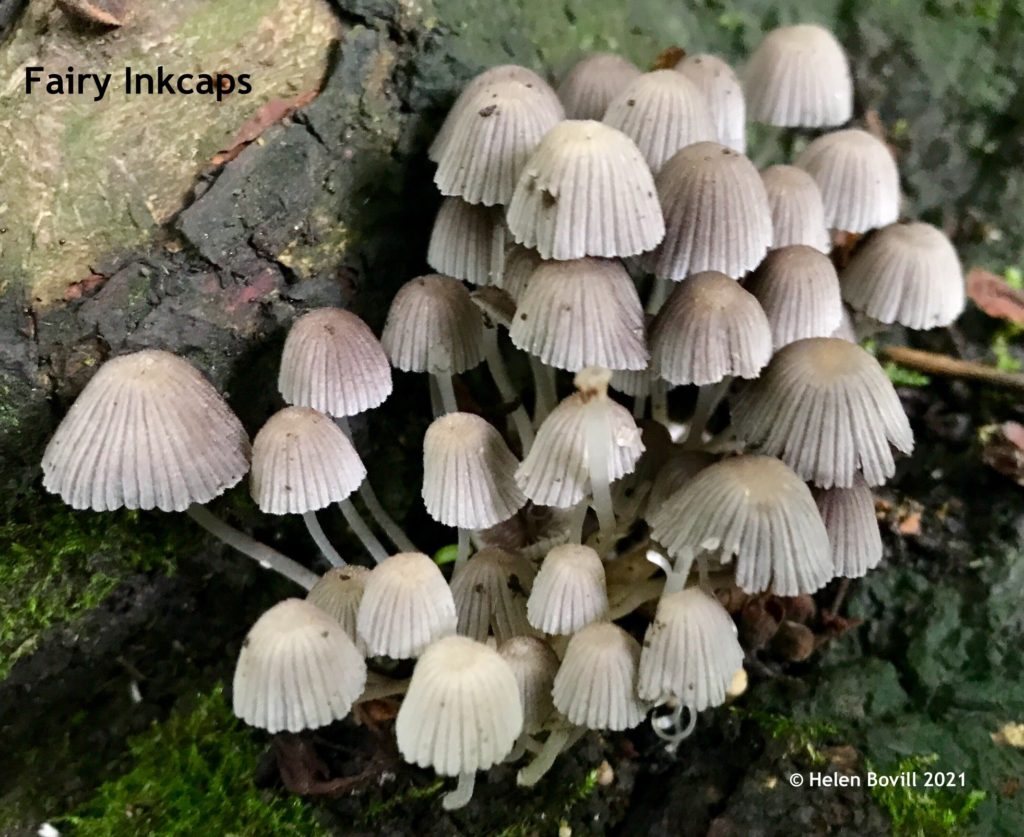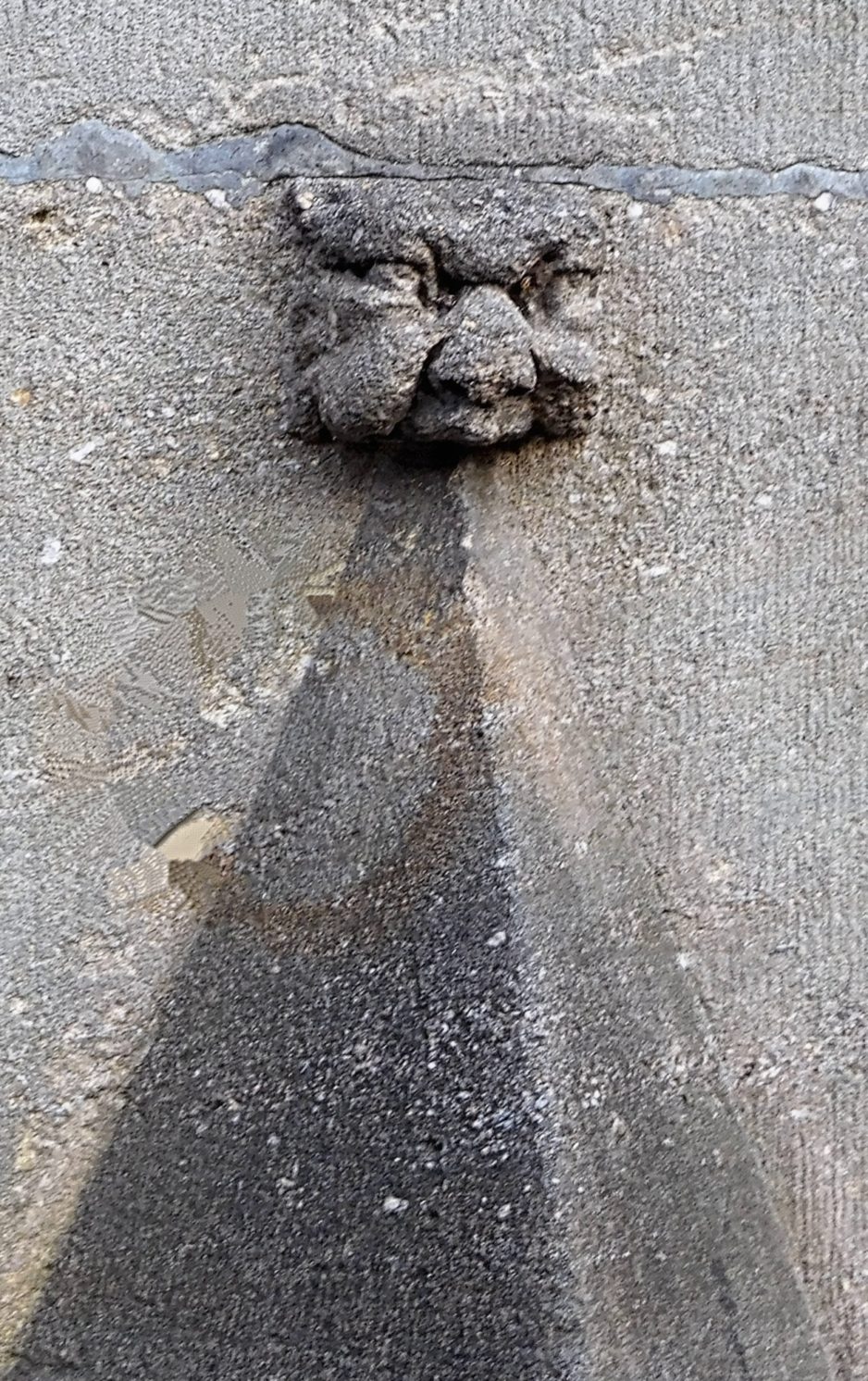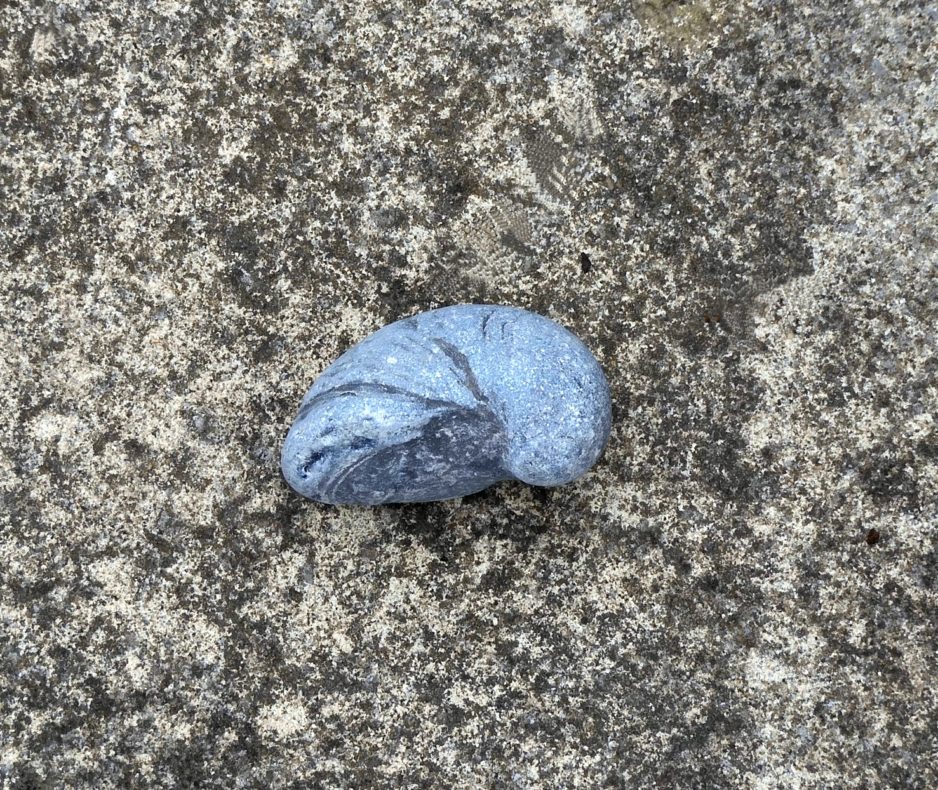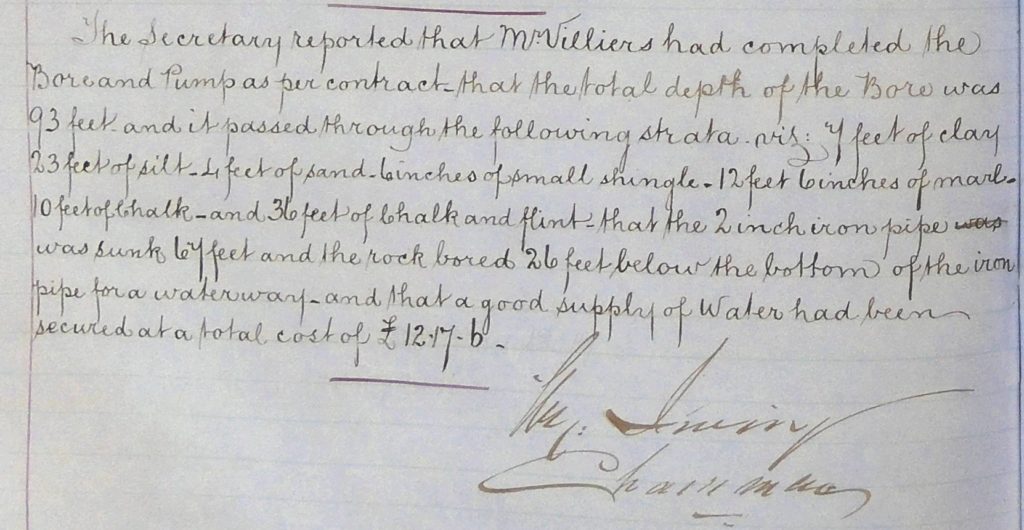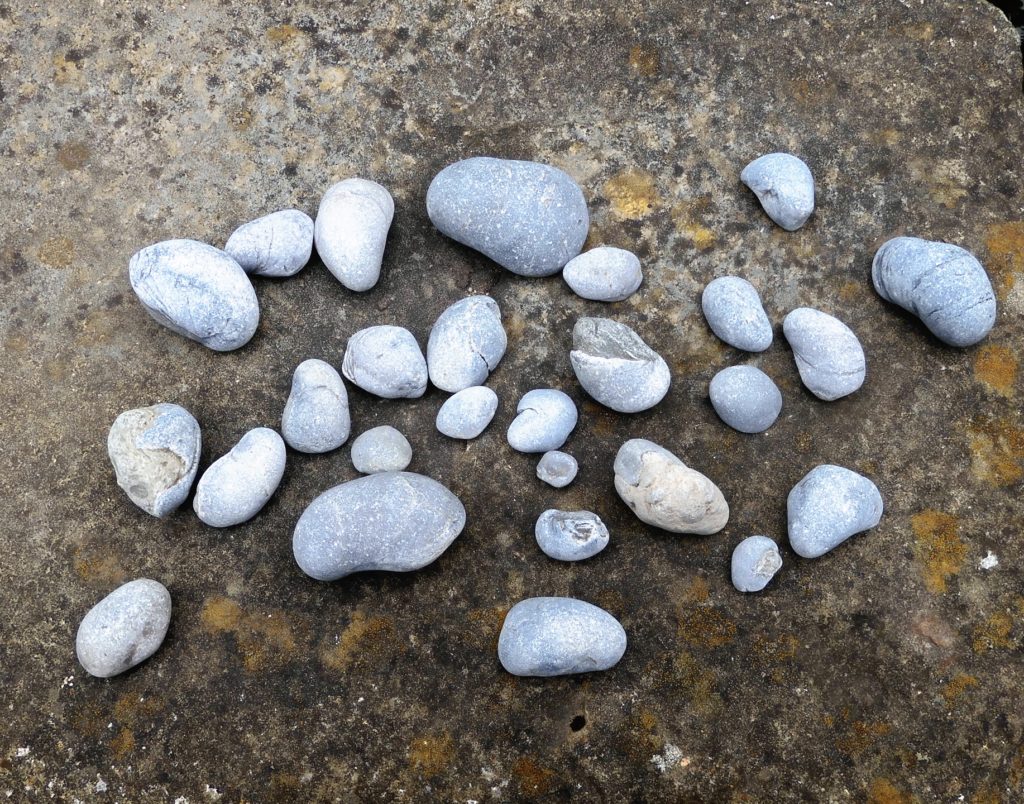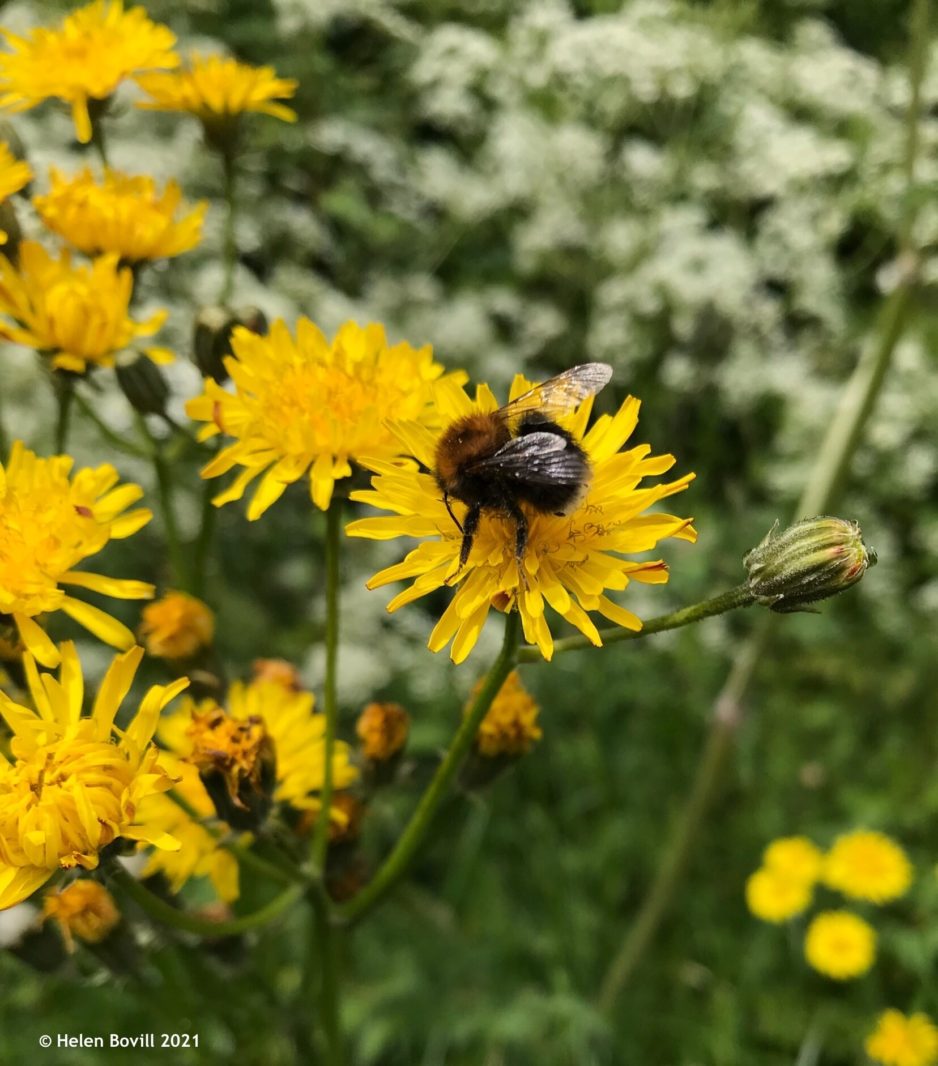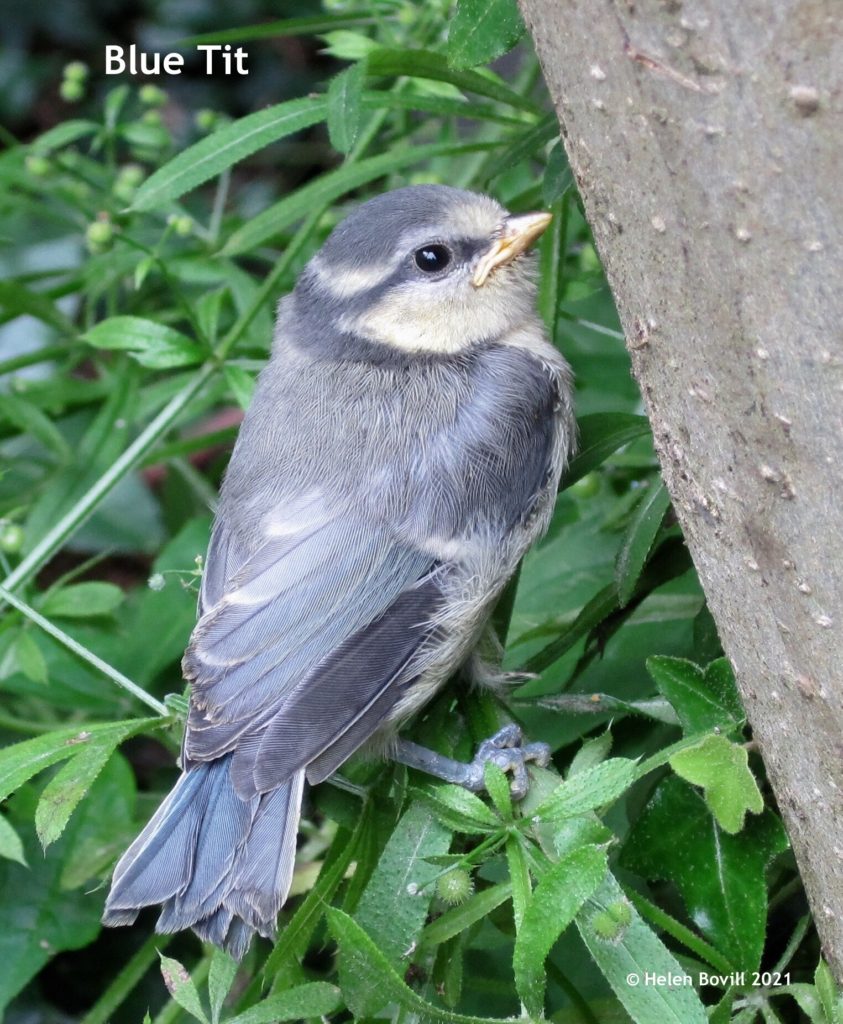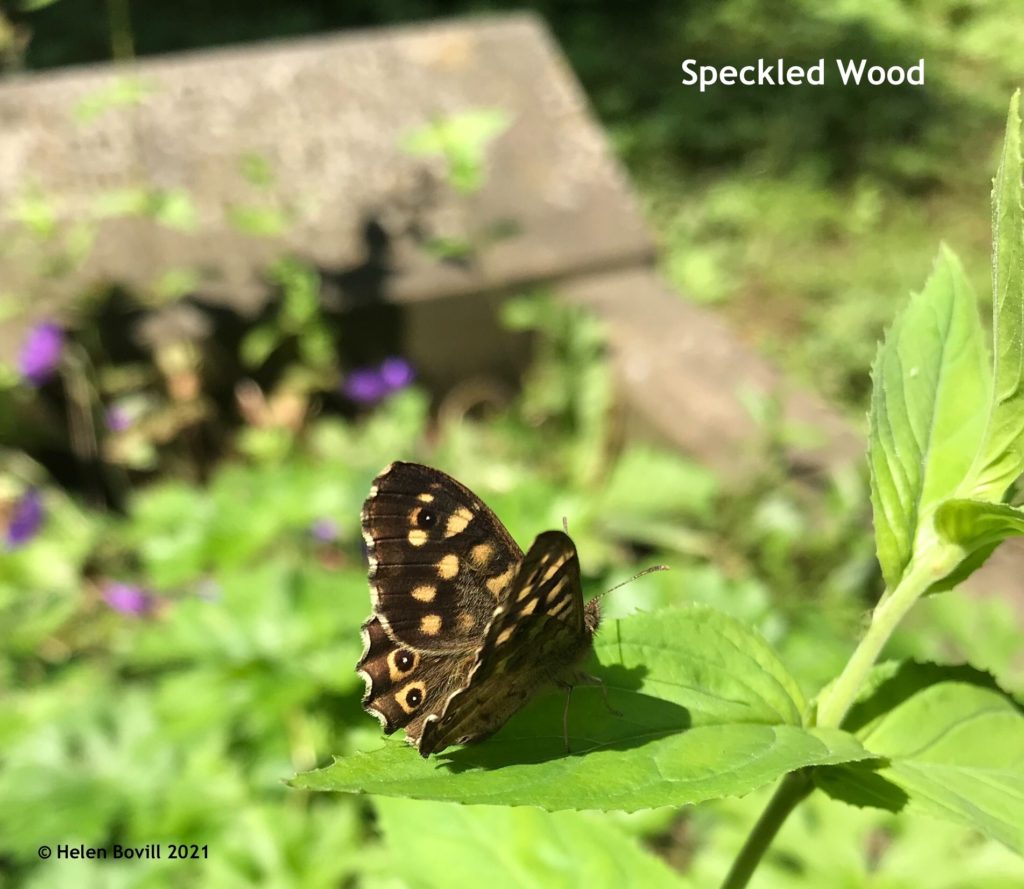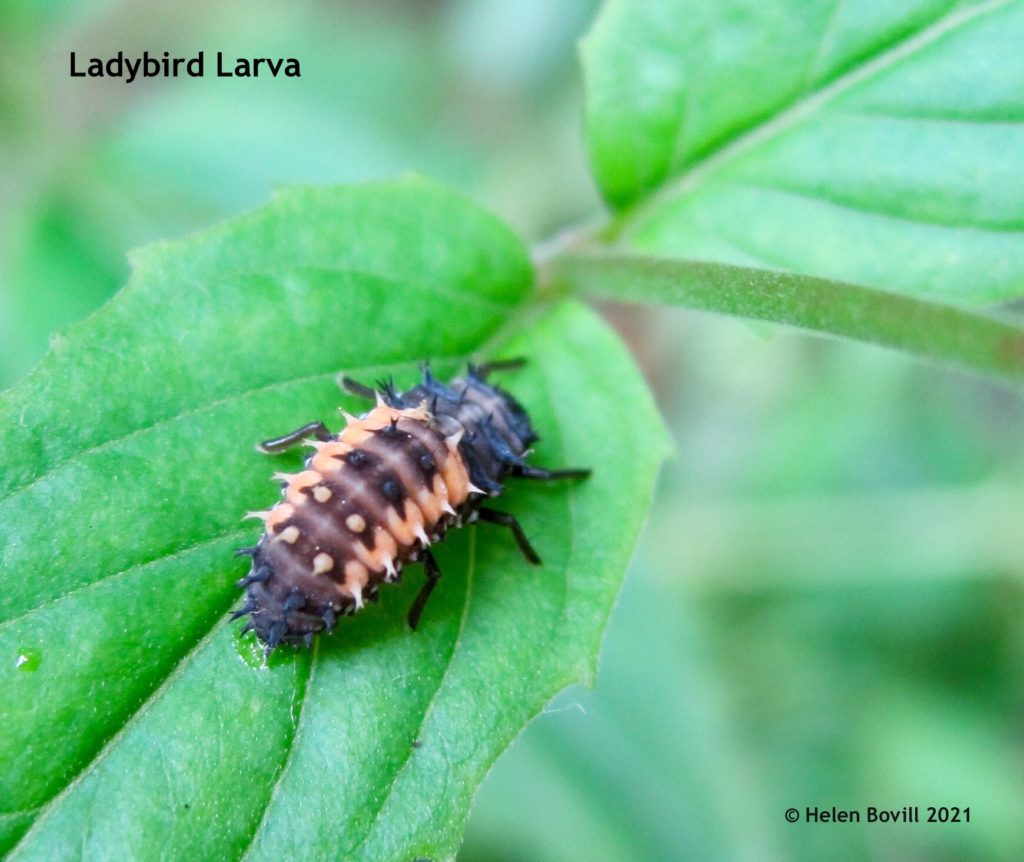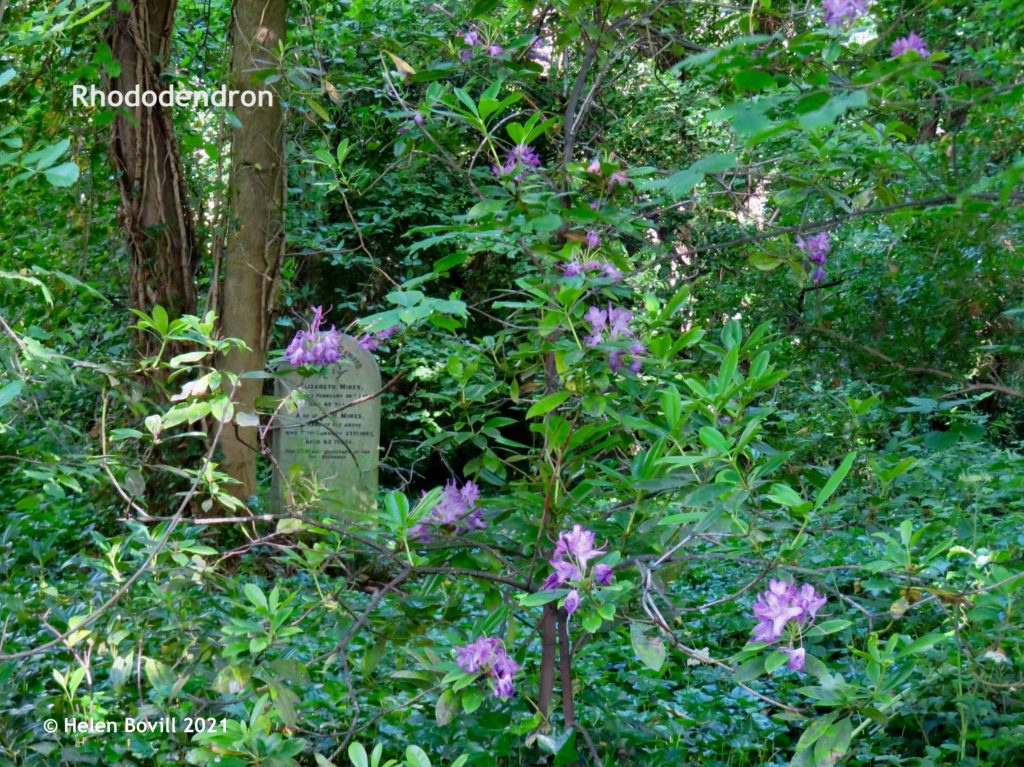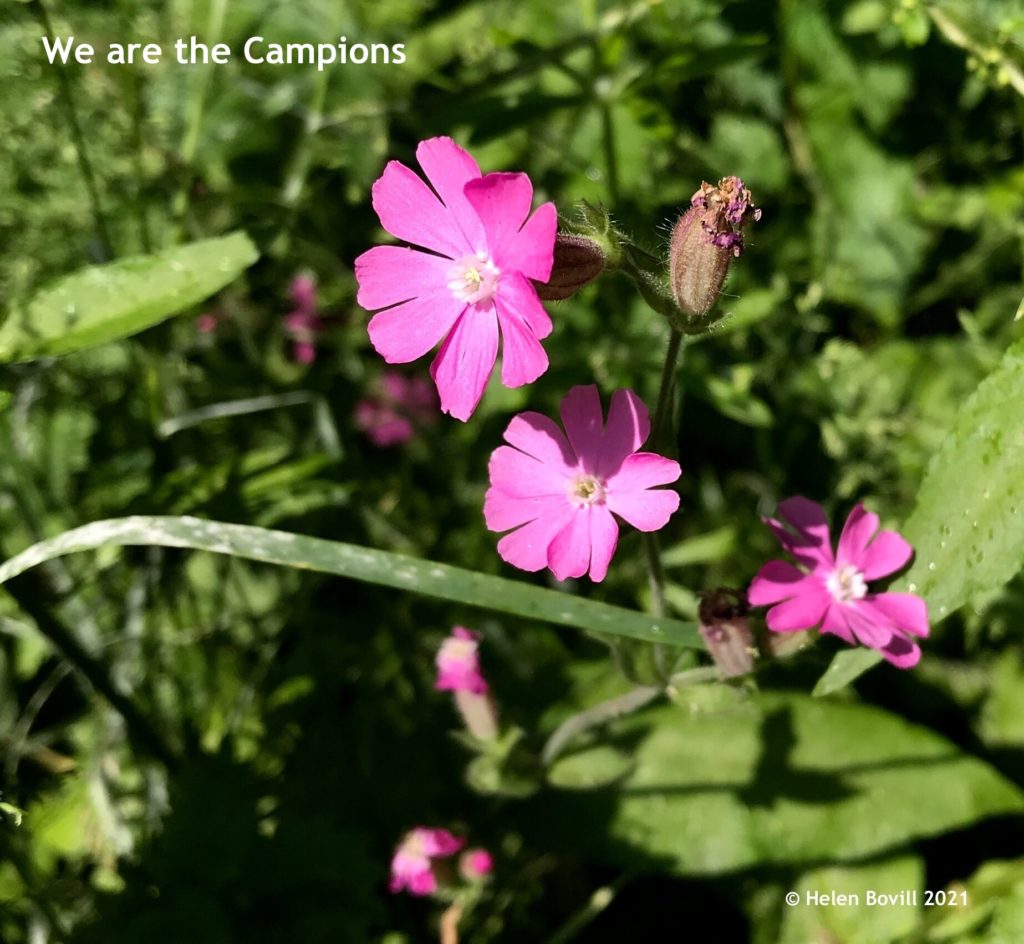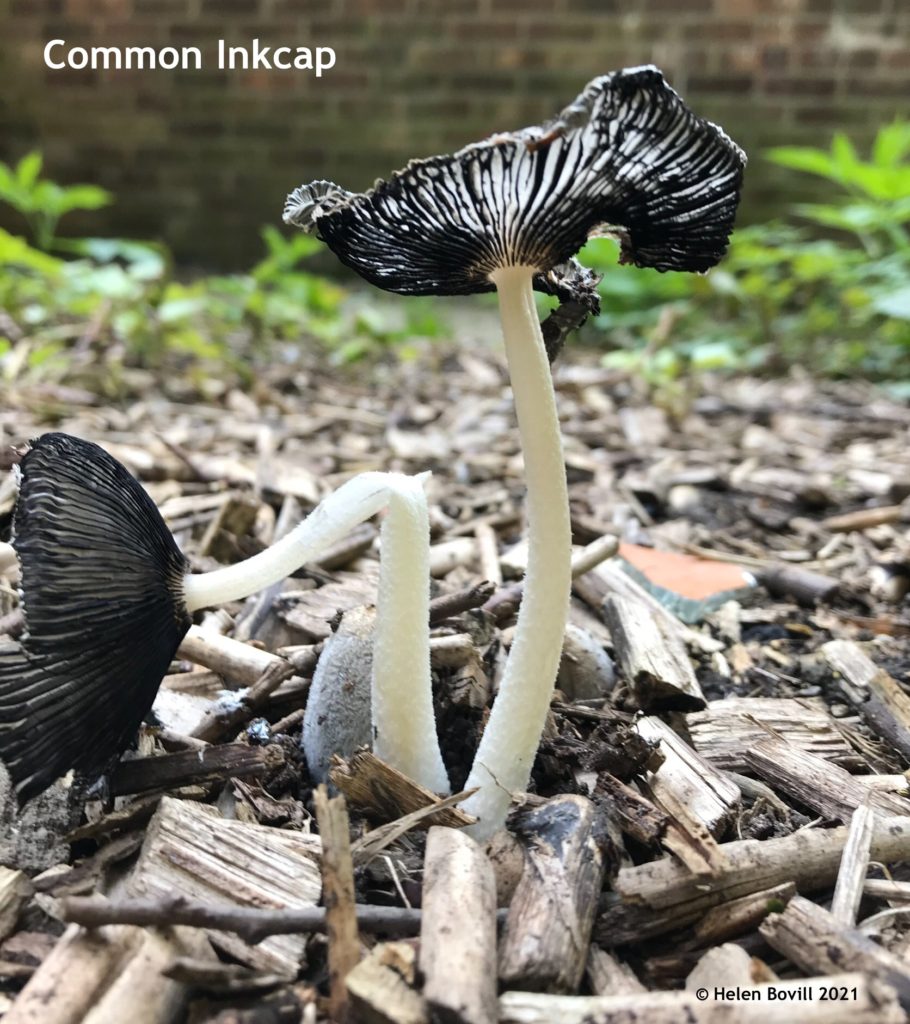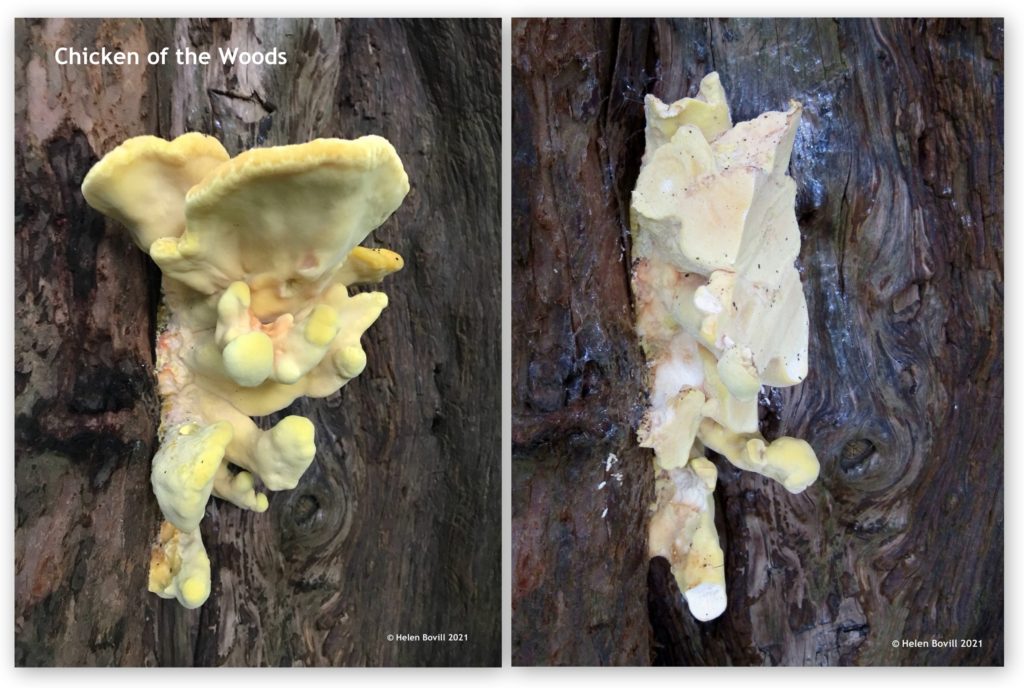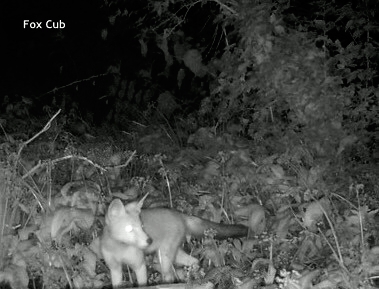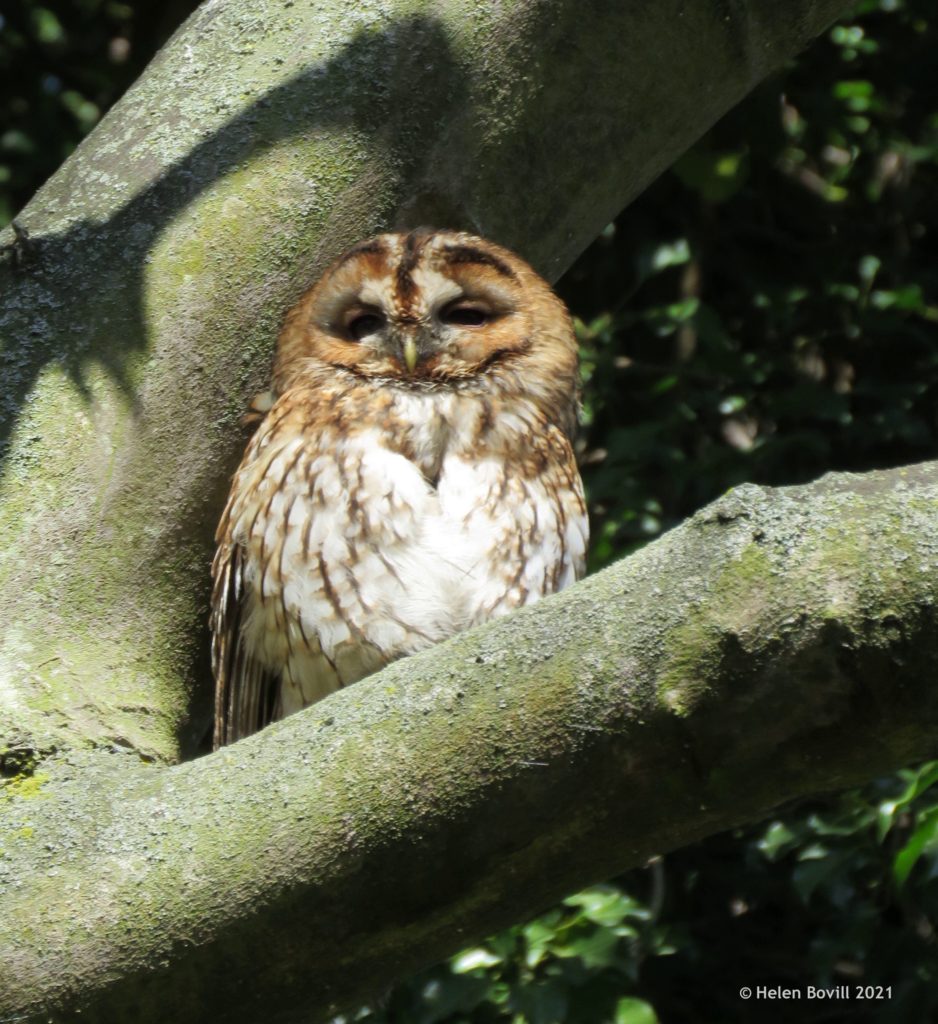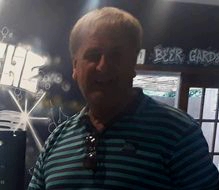As Summer Ends and Autumn begins we are now at that time of year when the days are roughly the same length as the nights. Cemetery Wildlife – August Well, for a couple of weeks anyway. At the time of writing it looks like this September is set to be the warmest one on record. For a few days we had temperatures in the mid to high 20s and it has been very dry with rain falling on only a couple of days. This has created perfect conditions for a leisurely stroll to appreciate the cemetery wildlife.
Birds
Not much to report this month – the birds are still around but proving hard to capture on film. The ones born this year are slowly starting to develop their adult plumage, such as this Chaffinch.
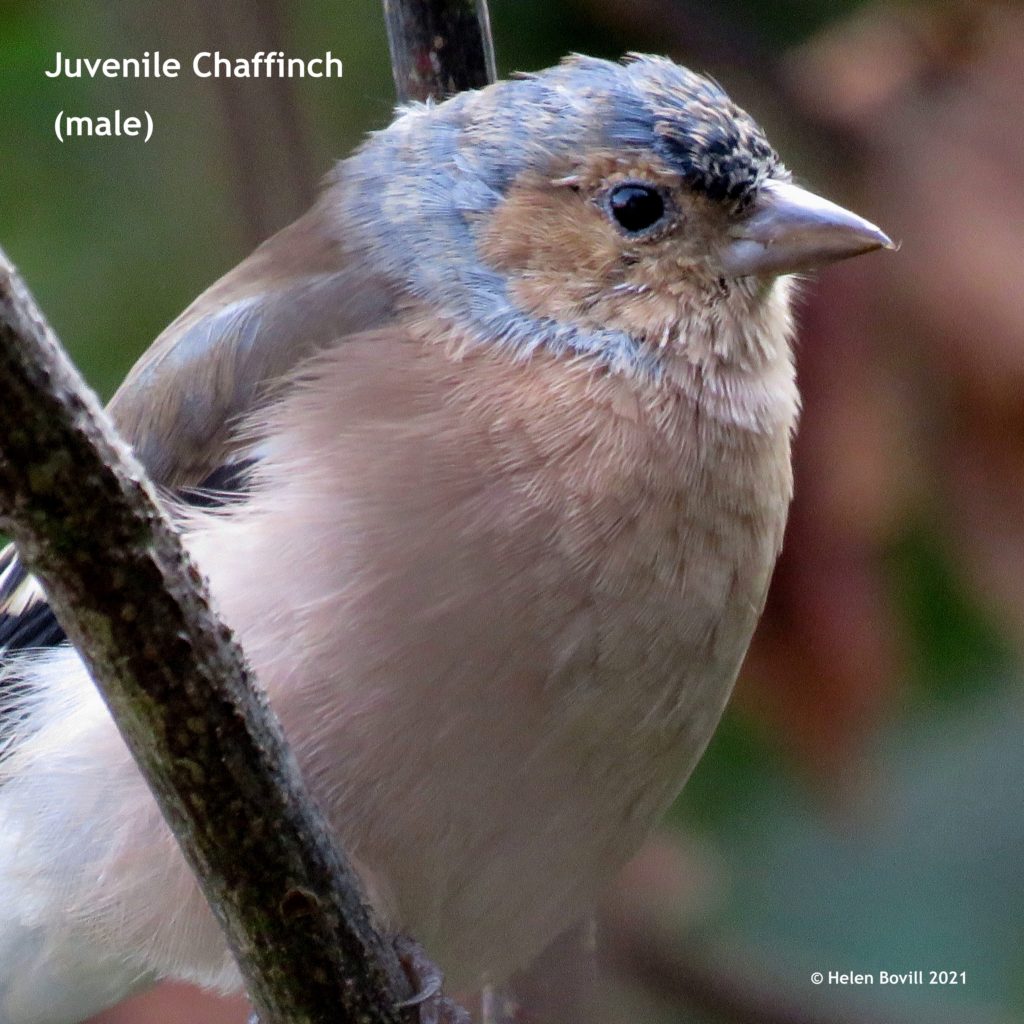
You can see the steely blue crescent starting to appear around the head, indicating that this one is a male.
The volunteers sunk a shallow dish into the ground in the Quaker Burial Ground recently and the birds seem to appreciate this. No doubt other wildlife such as Squirrels and Foxes will appreciate it too.
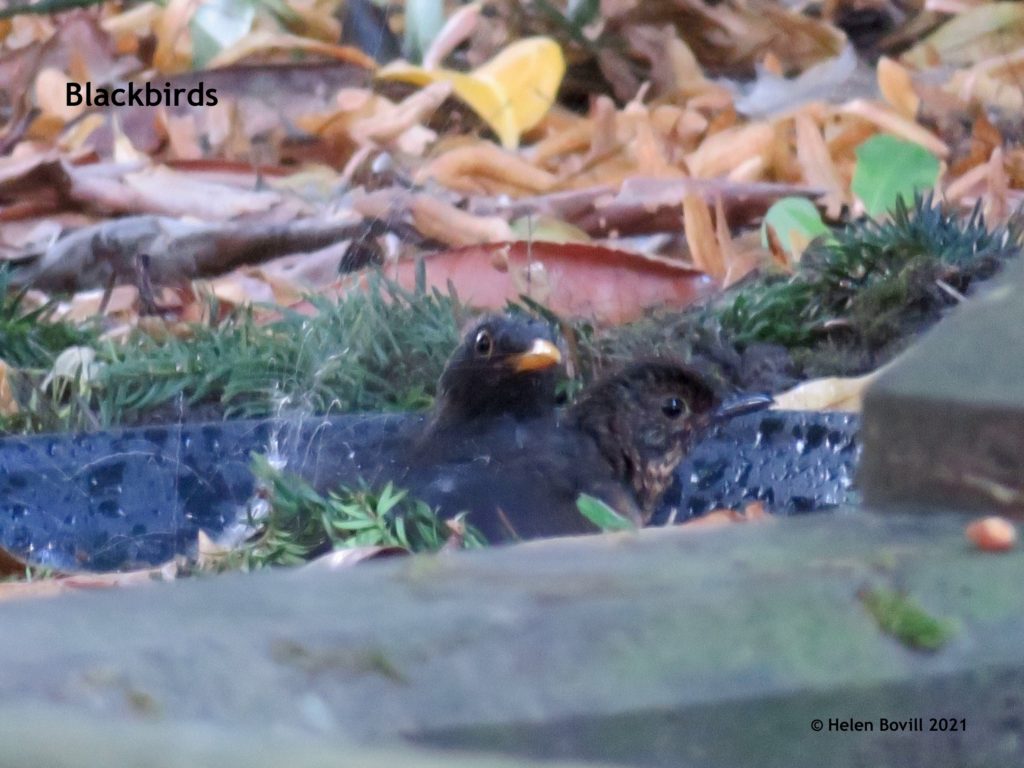
On a couple of days towards the end of the month I heard a Tawny Owl calling at sunset and this is very encouraging as the call seemed to be coming from the direction of the Owl boxes.
And finally, I was surprised to see a couple of Parakeets flying overhead while I was walking along Princes Avenue! They were quite high up but from their call I could tell they were Ring-necked Parakeets. It was disappointing to realise they were not headed for the Cemetery but probably for Pearson Park or East Park, where they have occasionally been sighted.
Butterflies and other insects
There are still some butterflies around including this Red Admiral on the grass verge along Spring Bank West. It is a shame that it landed on a piece of litter but this butterfly looked too perfect not to take a quick photo!
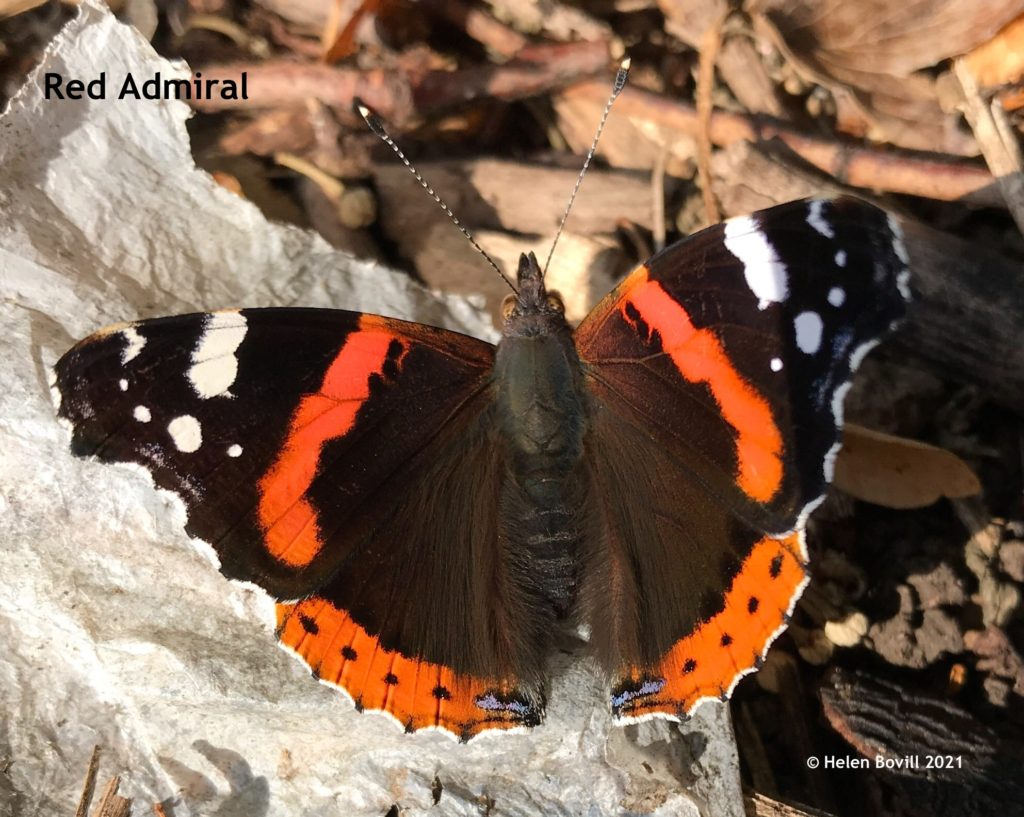
There were also some Small Whites along the verge, and a Holly Blue feeding on a Thistle.
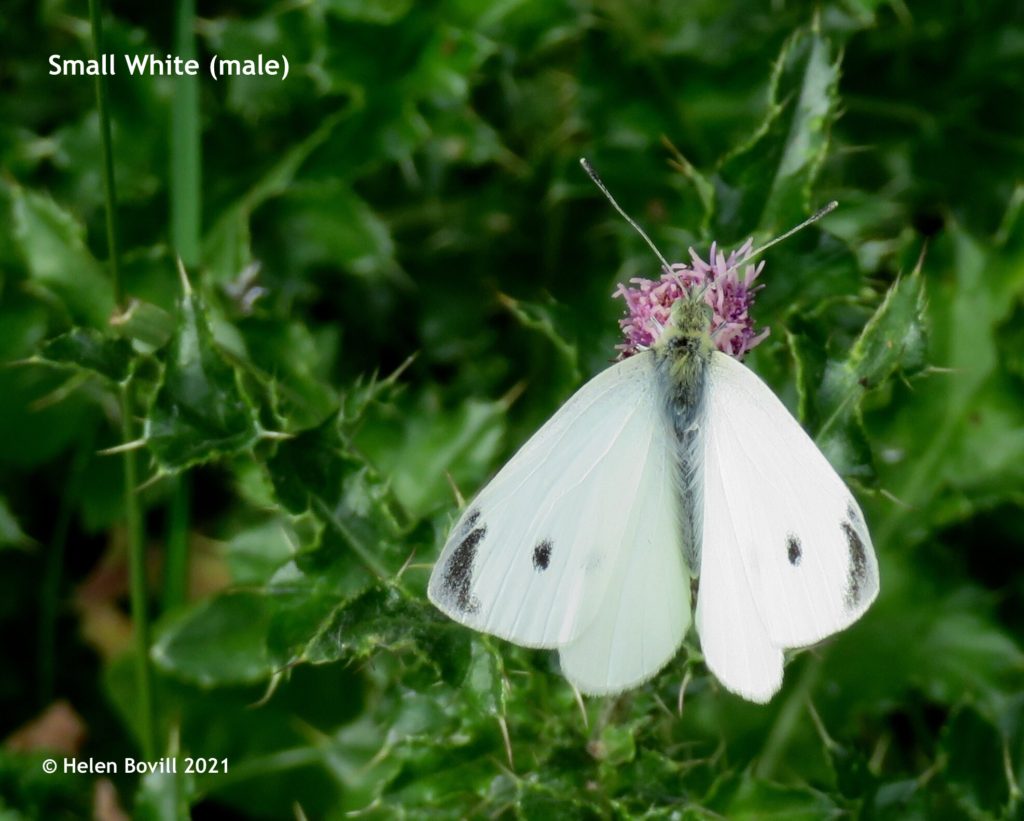
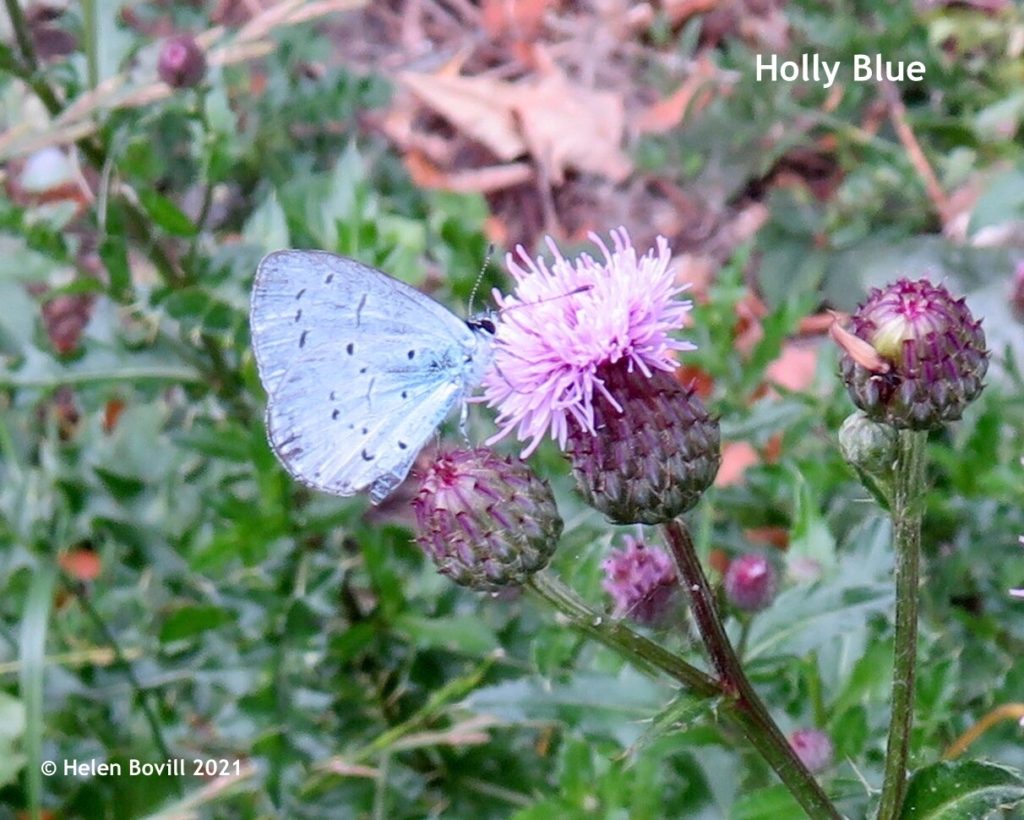
But the butterfly most often seen inside the cemetery is the Speckled Wood. They seem to be the easiest ones to photograph because they rest mainly on leaves and remain still long enough to get a good photo.
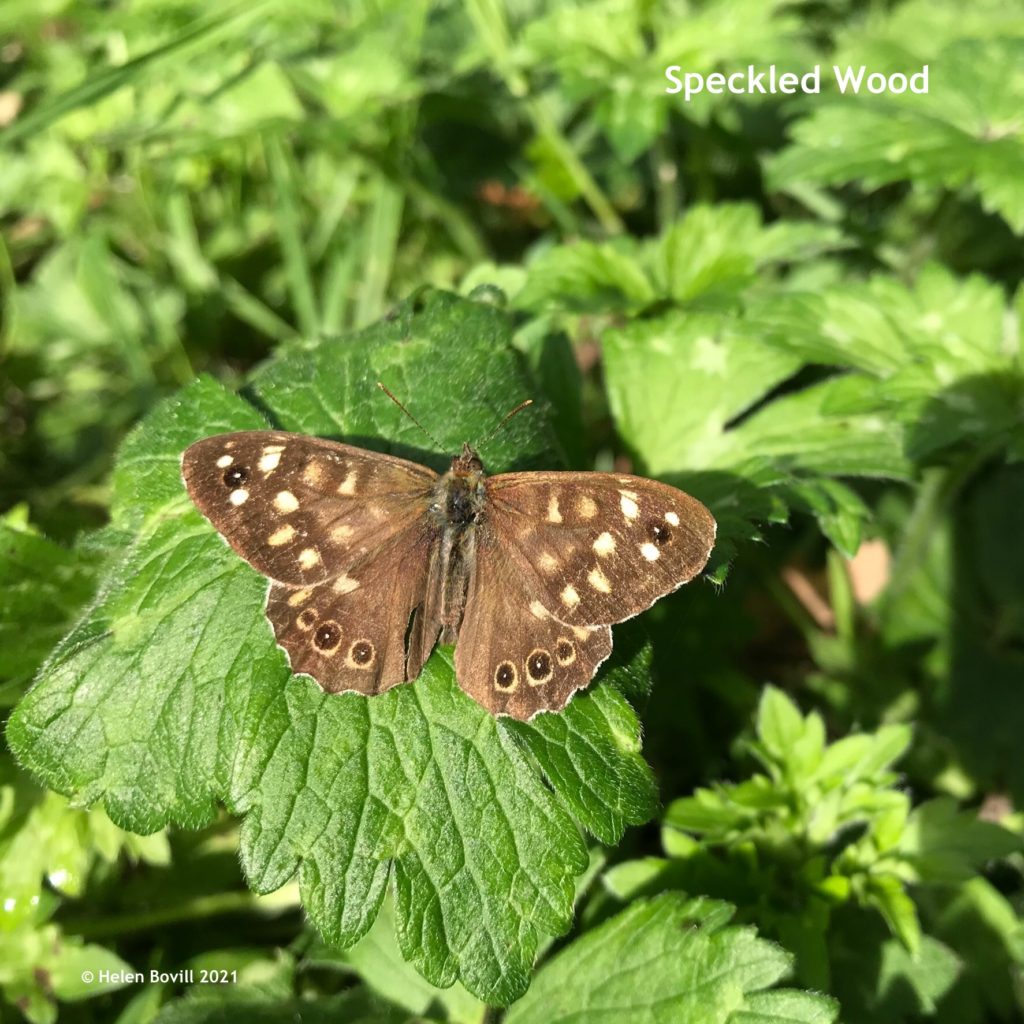
This was taken in the recently trimmed meadow area in the centre of the Cemetery. The volunteers took care not to cut down the Teasel and as soon as the area around it was cleared the plant was buzzing with insects.
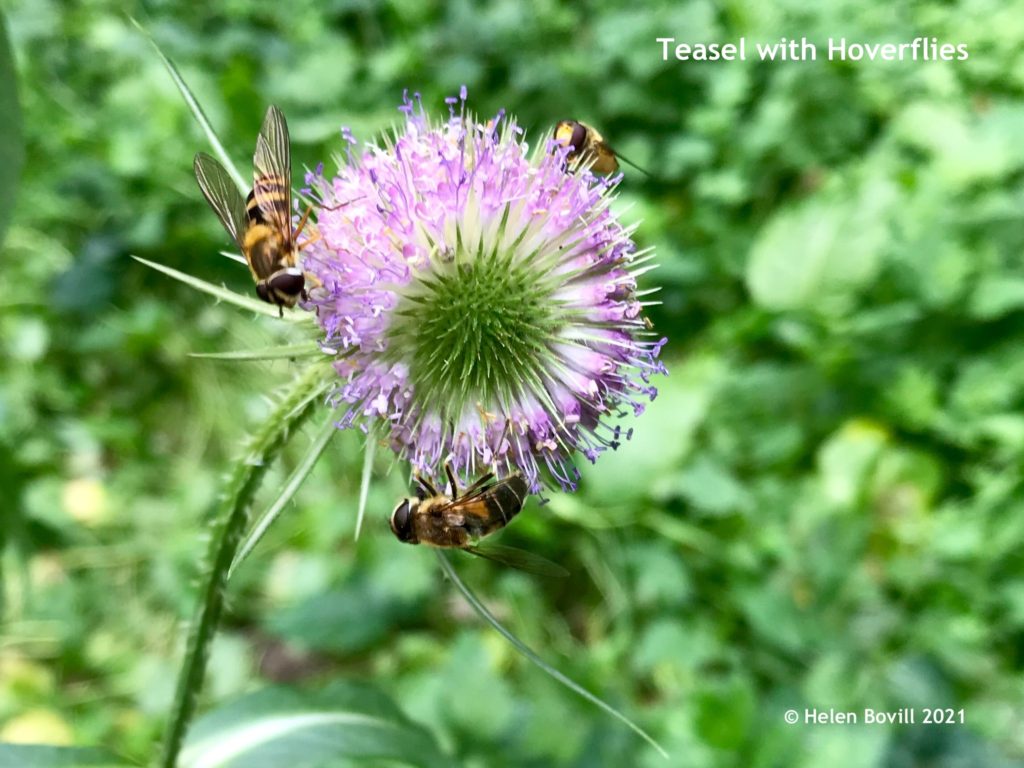
It is also that time of year when there are plenty of spiders around. One of the most common ones is the Cross or Garden Spider. It is a member of the Orb-weaving family and has a distinctive cross marking on its abdomen. Many can be found in our gardens and parks as well as in the cemetery. Look out for them and if you’re lucky you might get to see one creating its web. It’s a fascinating process.
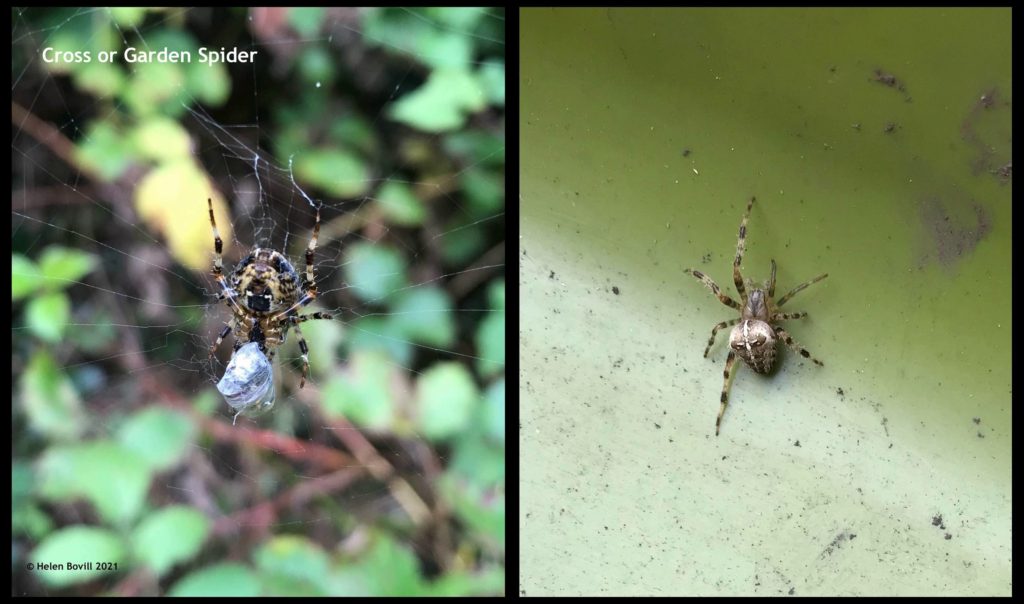
This one has its prey neatly trussed up ready for consumption at a later date. The photo on the left shows a different spider of the same species, resting on our gardening equipment.
Also seen in the meadow area was this attractive White-lipped Snail.
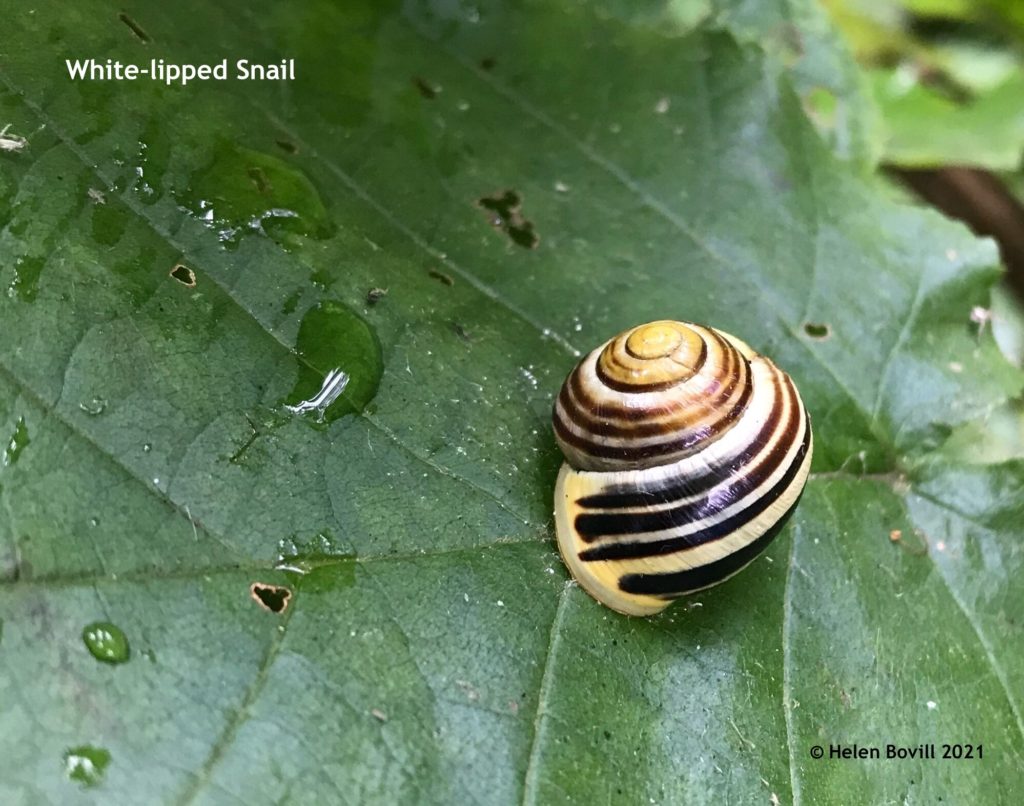
Plants
There are very few plants in flower at the moment. A few Hogweed are still in flower, but most have now gone to seed – a good food source for the cemetery wildlife.
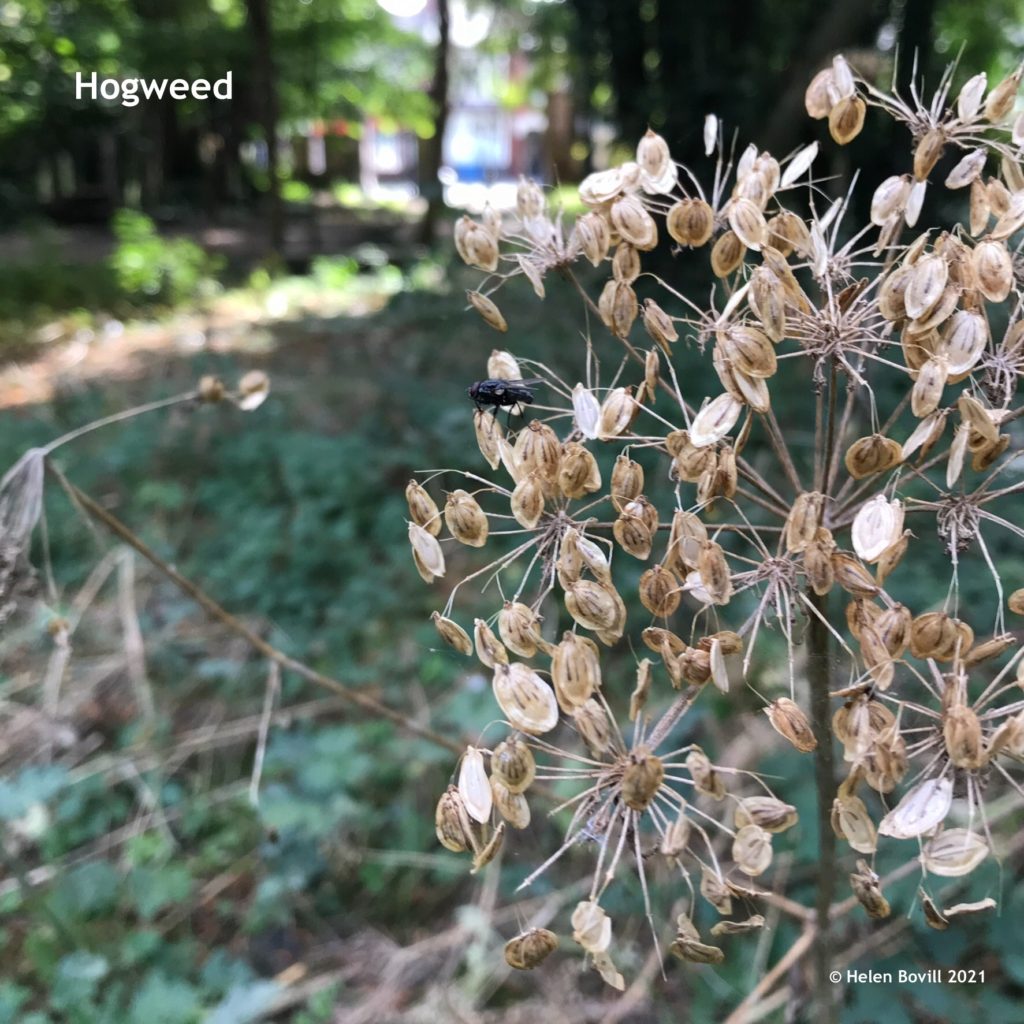
Other flowers seen this month are Feverfew, Thistle and Smooth Sow-thistle. There is also some Cyclamen in flower near the Cholera Monument, although this is not a wild flower.
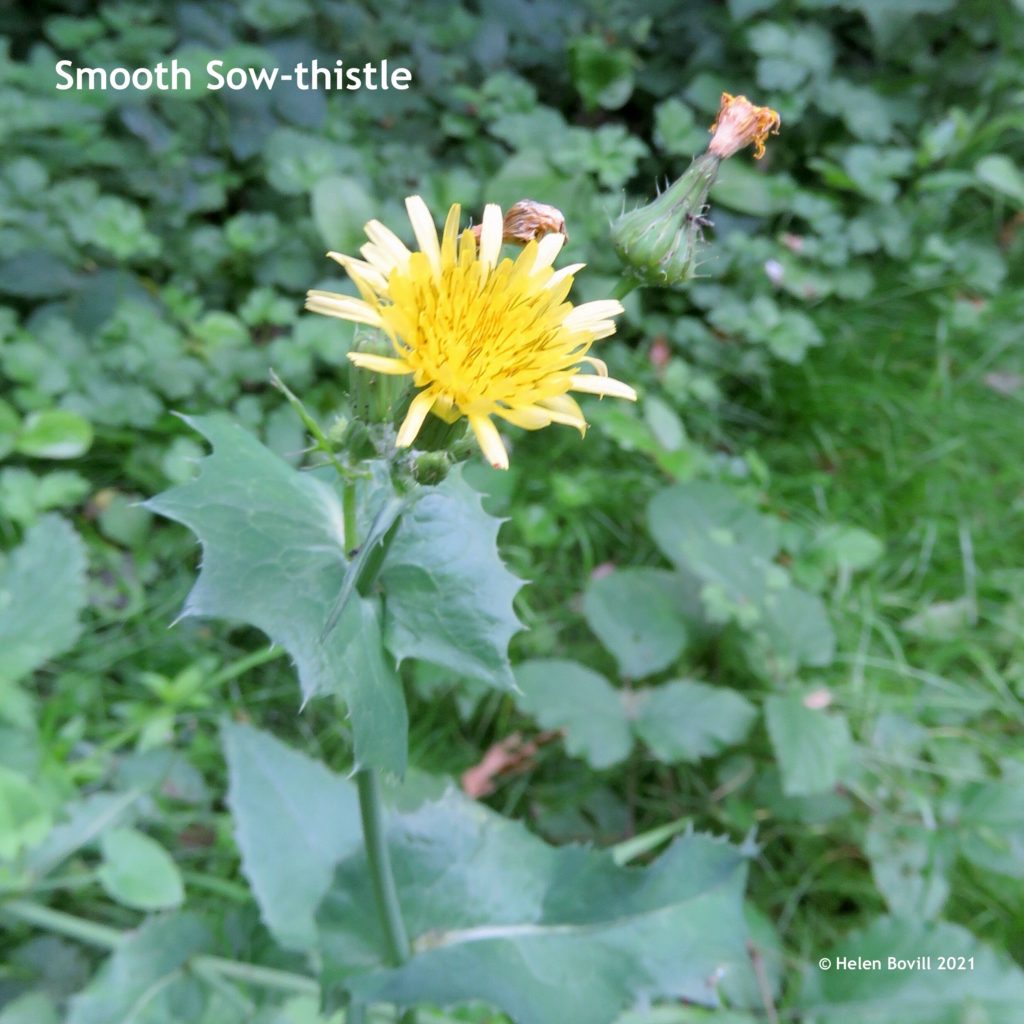
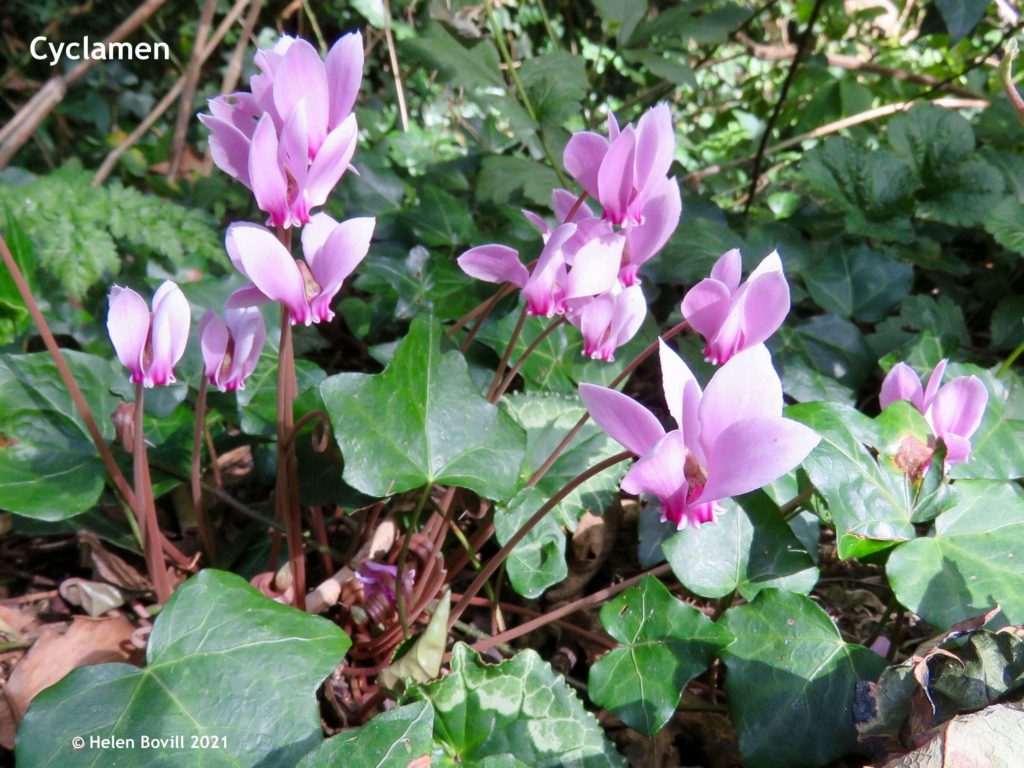
Many of the plants have now started to produce berries and I hope to write in more detail about this next month.
Mushrooms
I have not found anything new this month, other than the usual very tiny Fairy Inkcaps growing in groups on the ground.
Conclusion
The cemetery is a great place to see and hear wildlife. It is a great place to remember and appreciate the lives of the people who are buried here. It is also a great place to appreciate the artistic beauty of the headstones and memorials.
Also it is a great place for photography. As we head into Autumn the changing colours of the leaves and the increasing levels of light create the perfect setting for taking photos of the cemetery wildlife. Why not give it a go and share your photos on our very popular and vibrant Facebook page?


